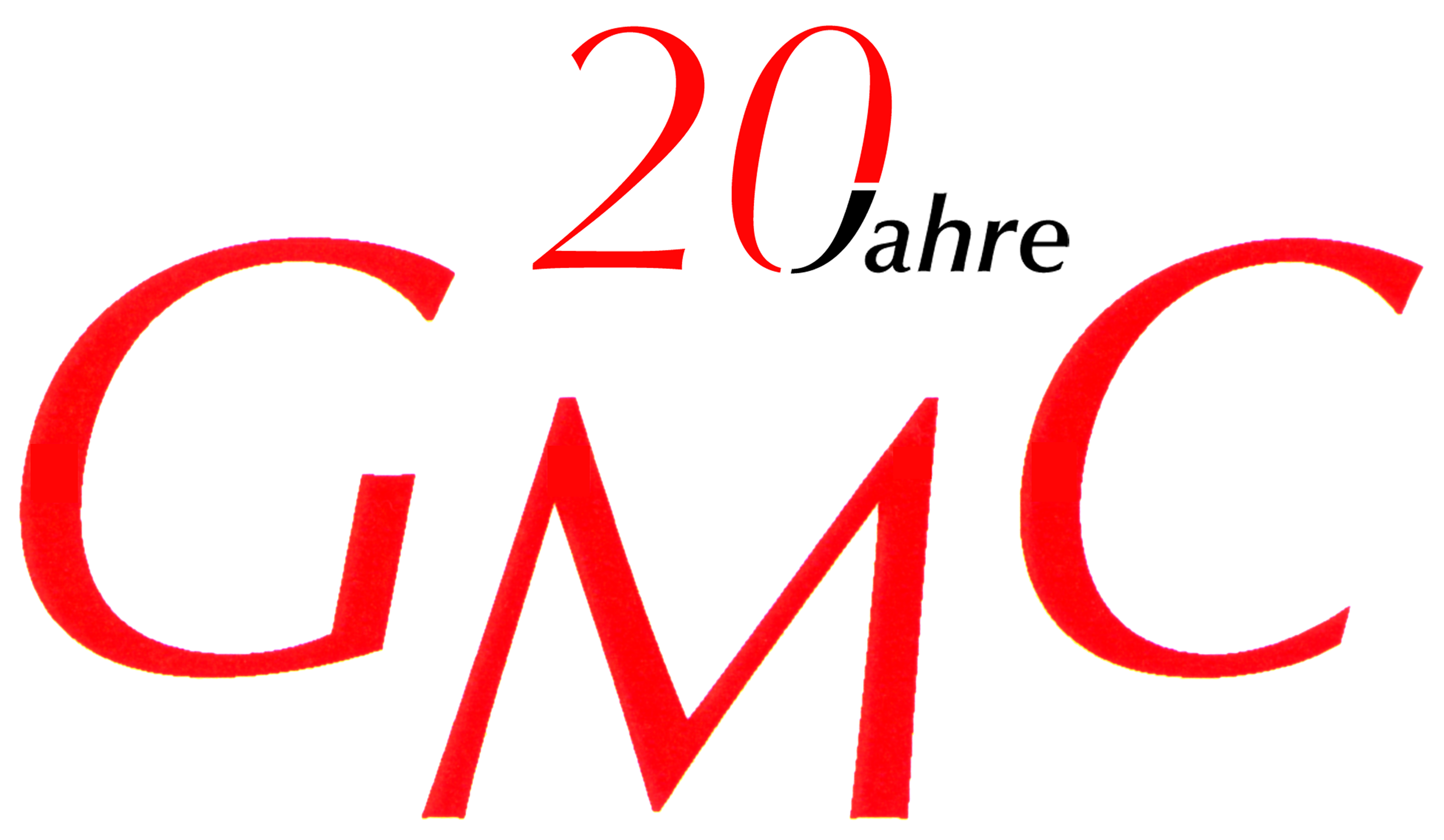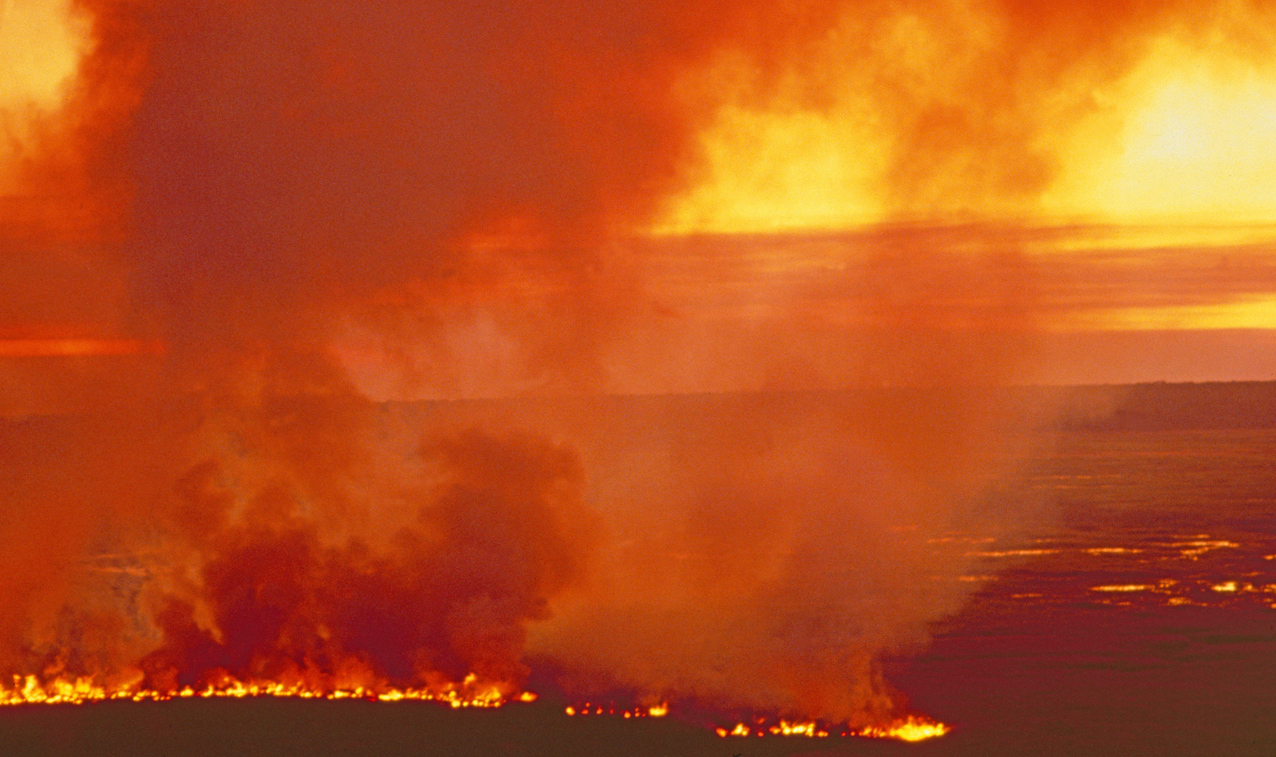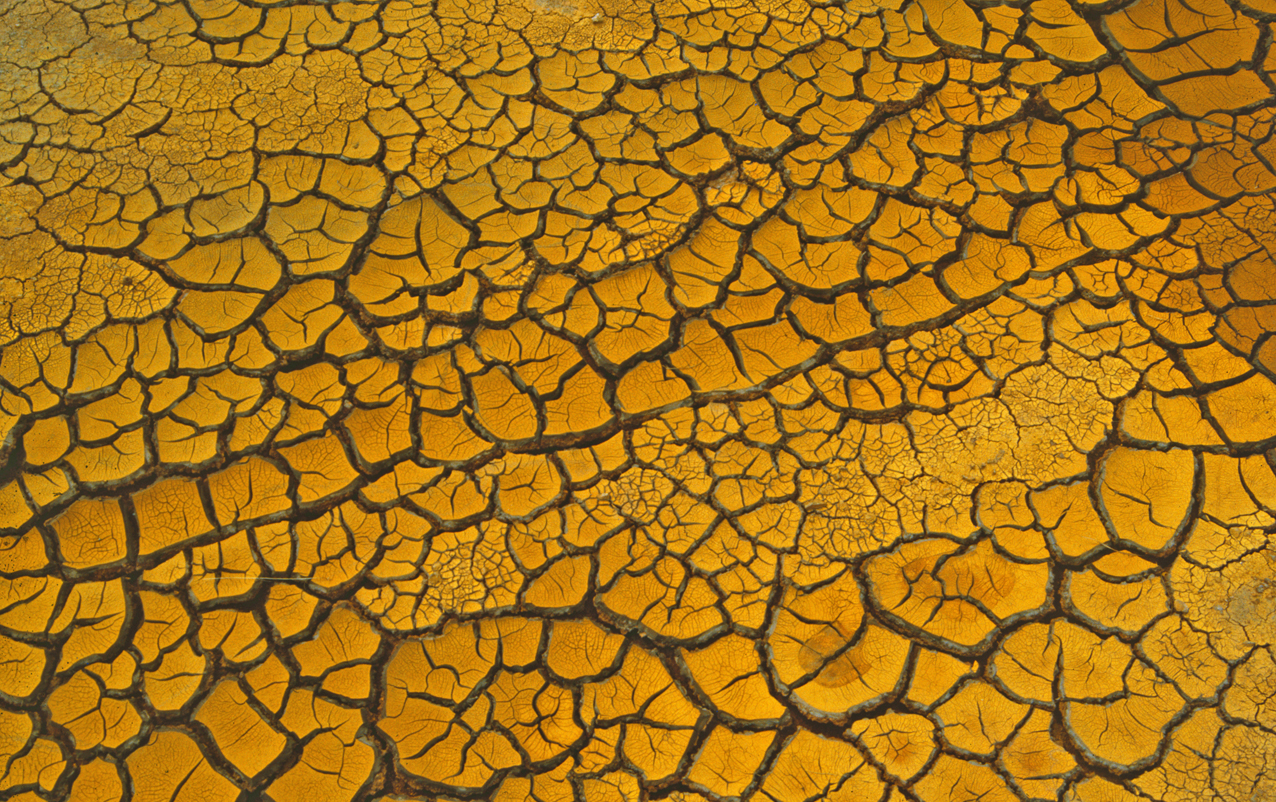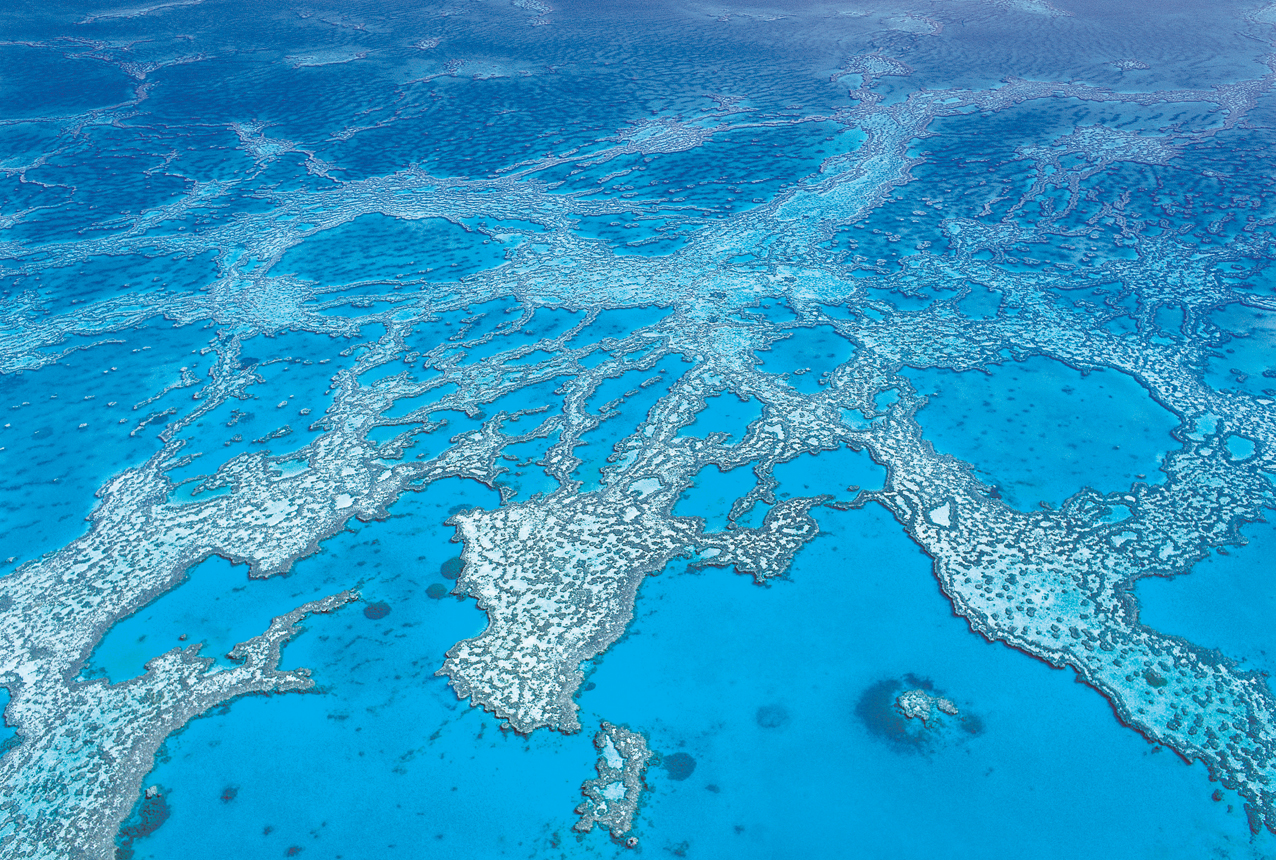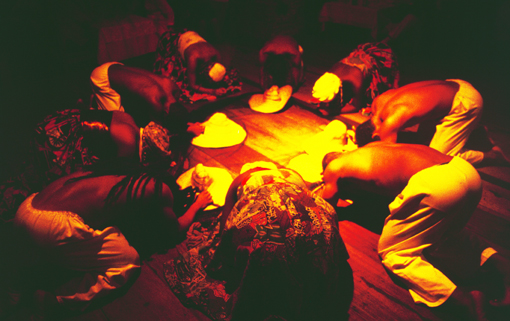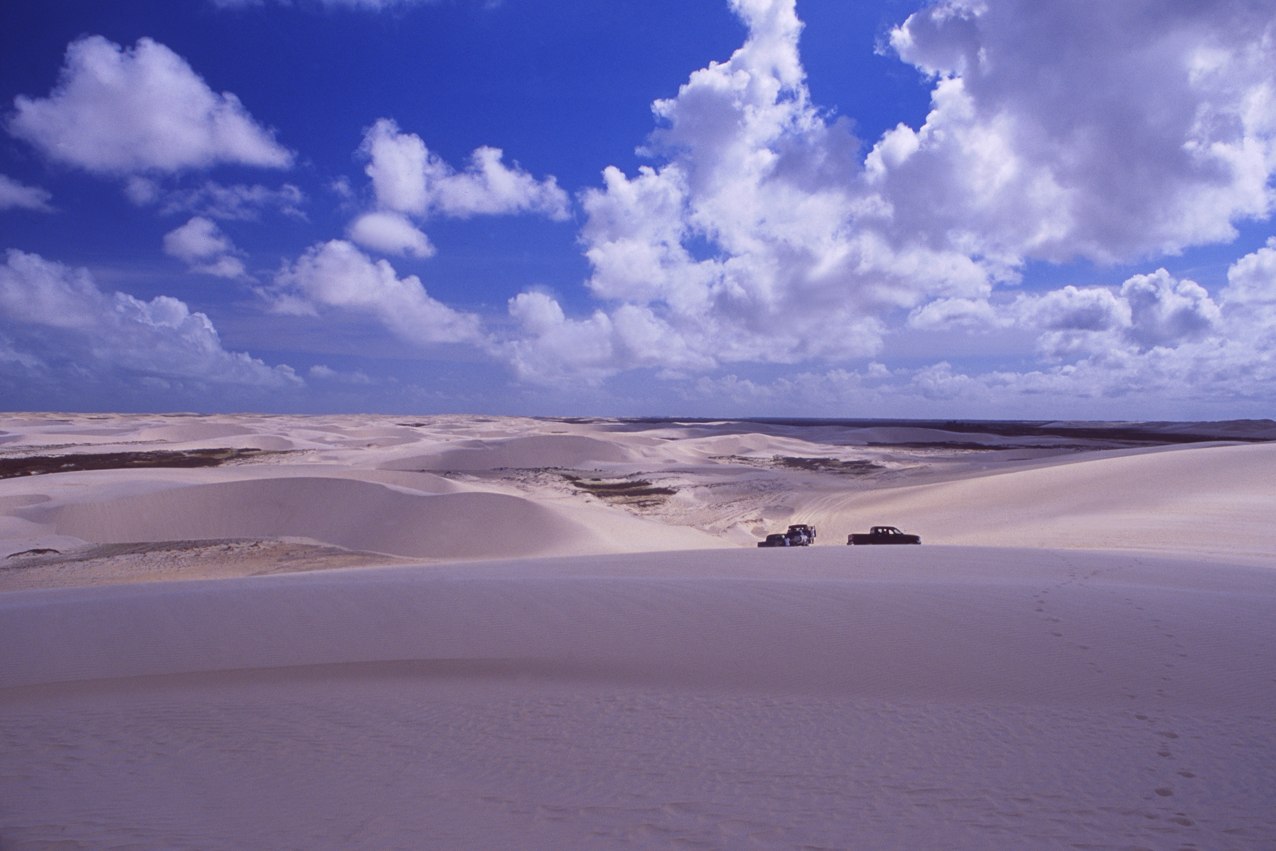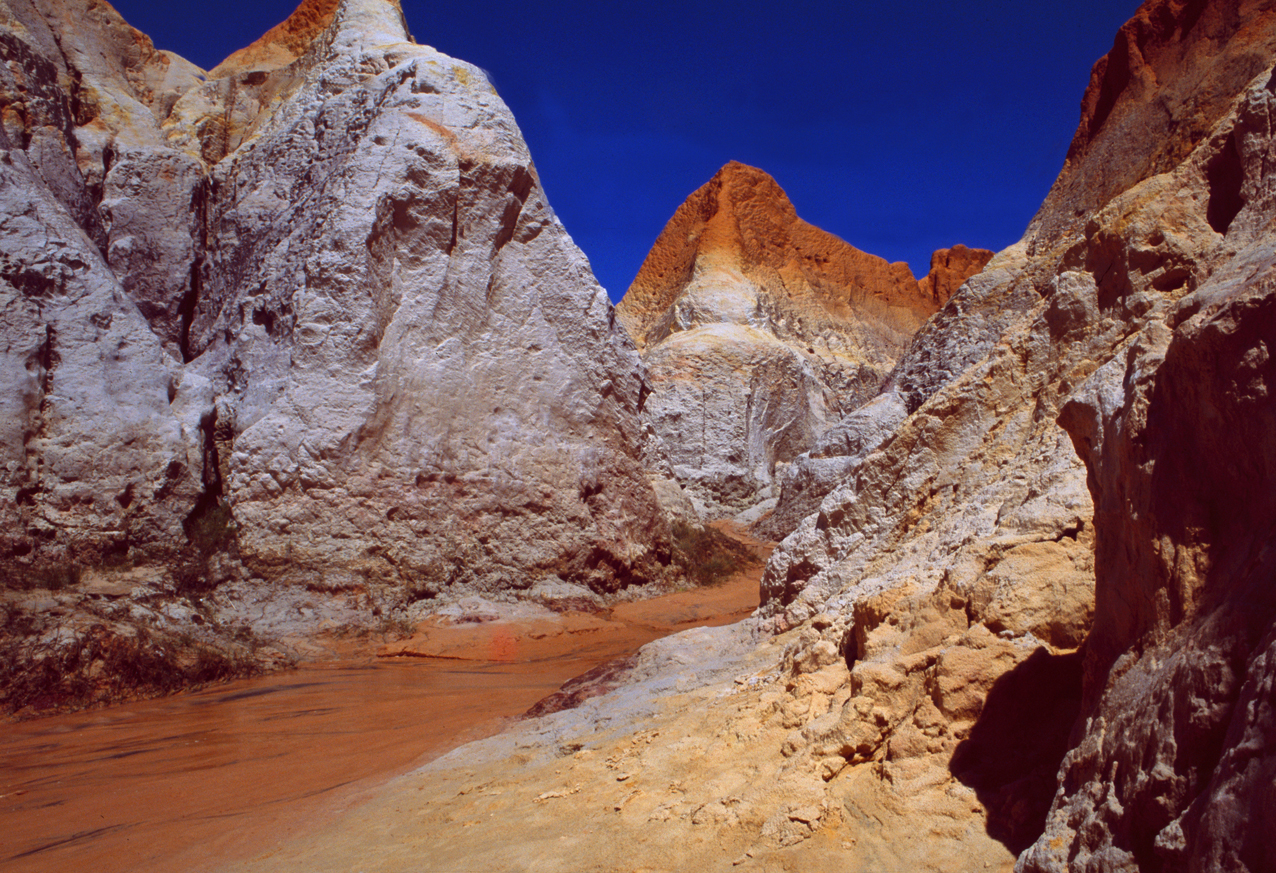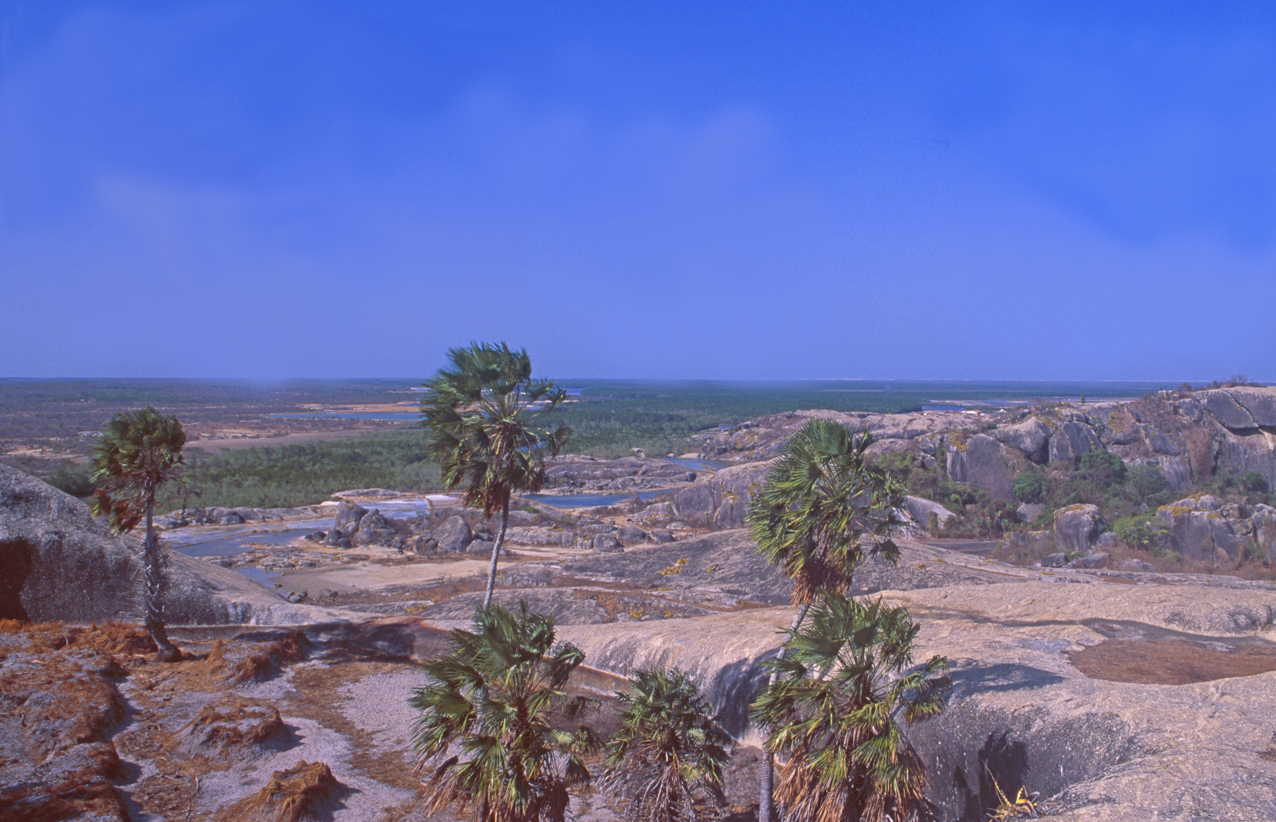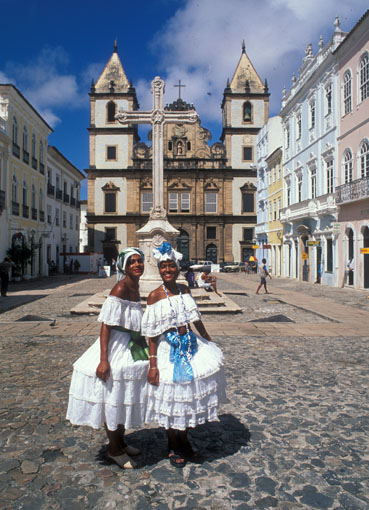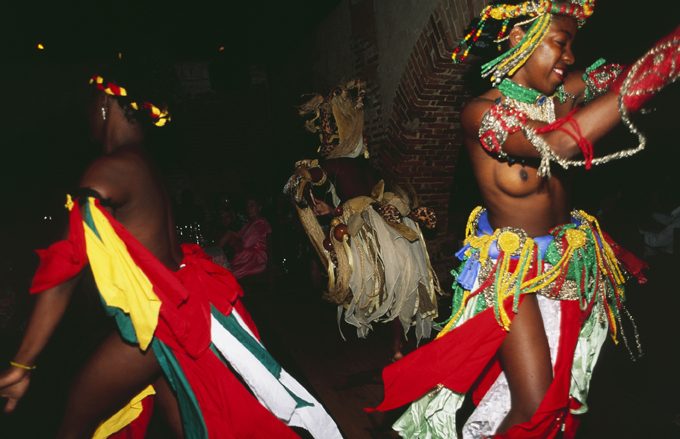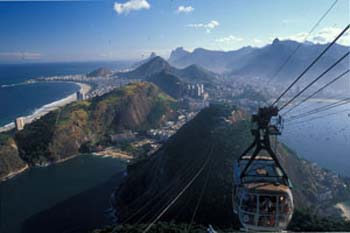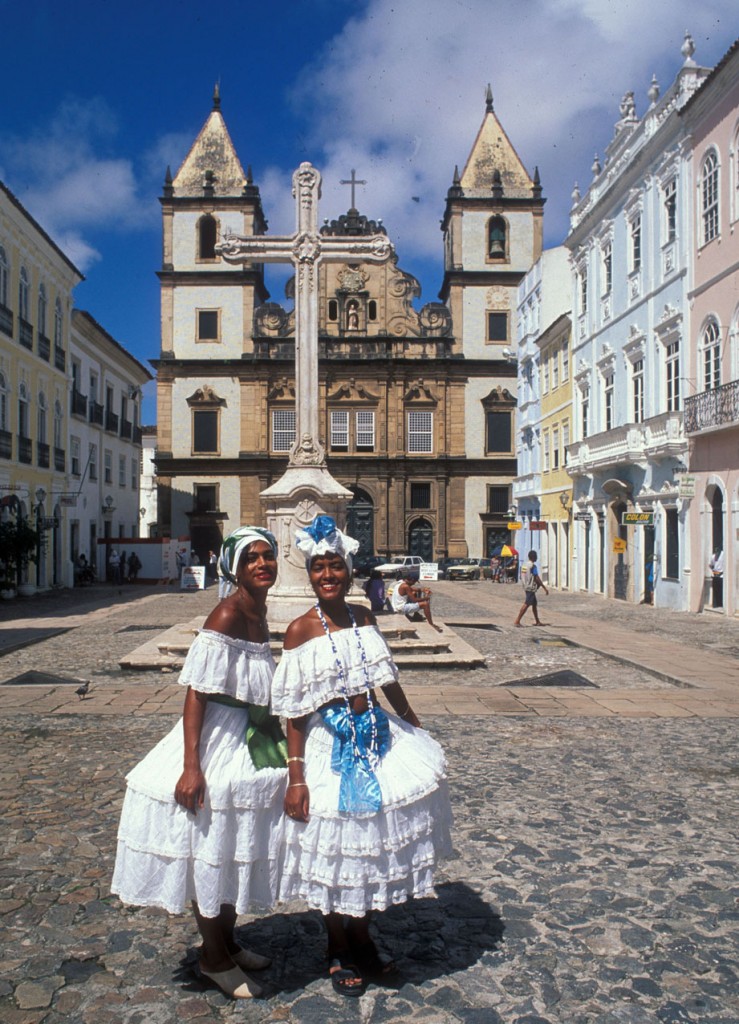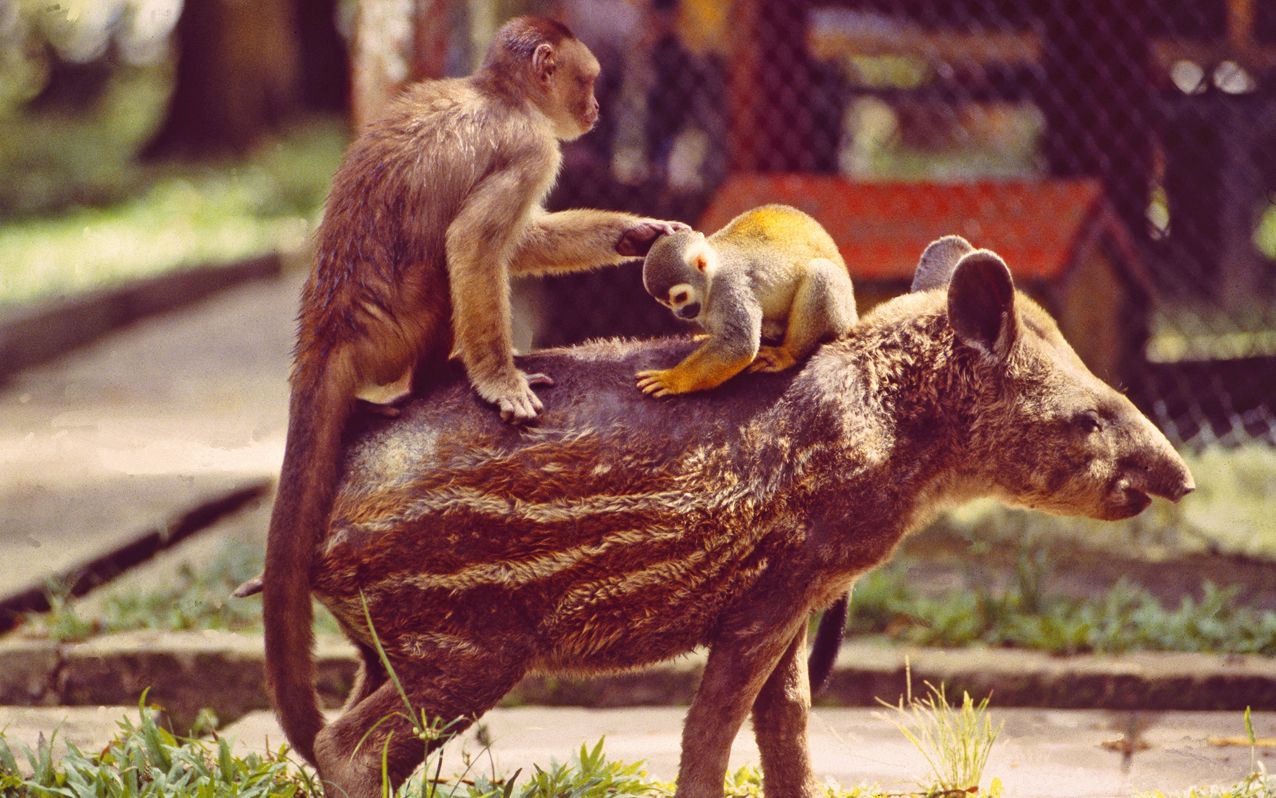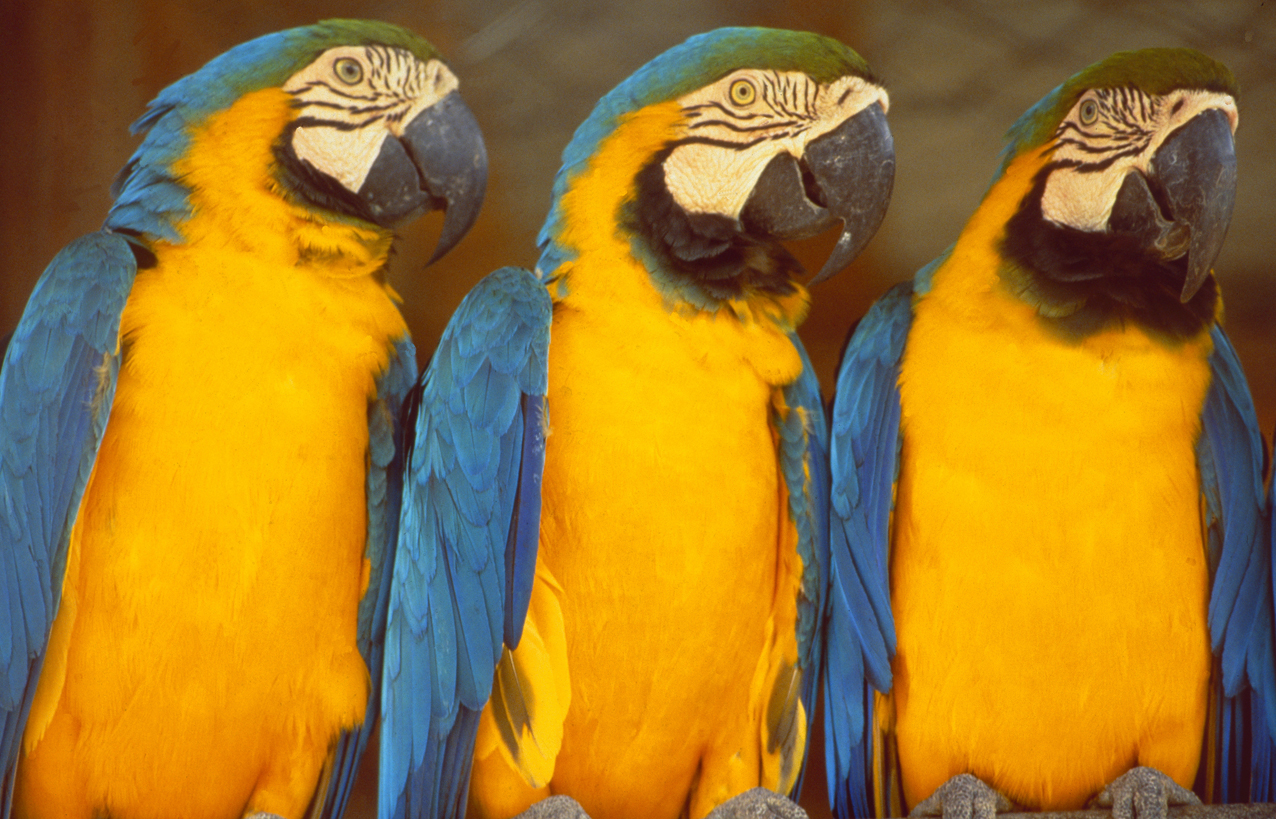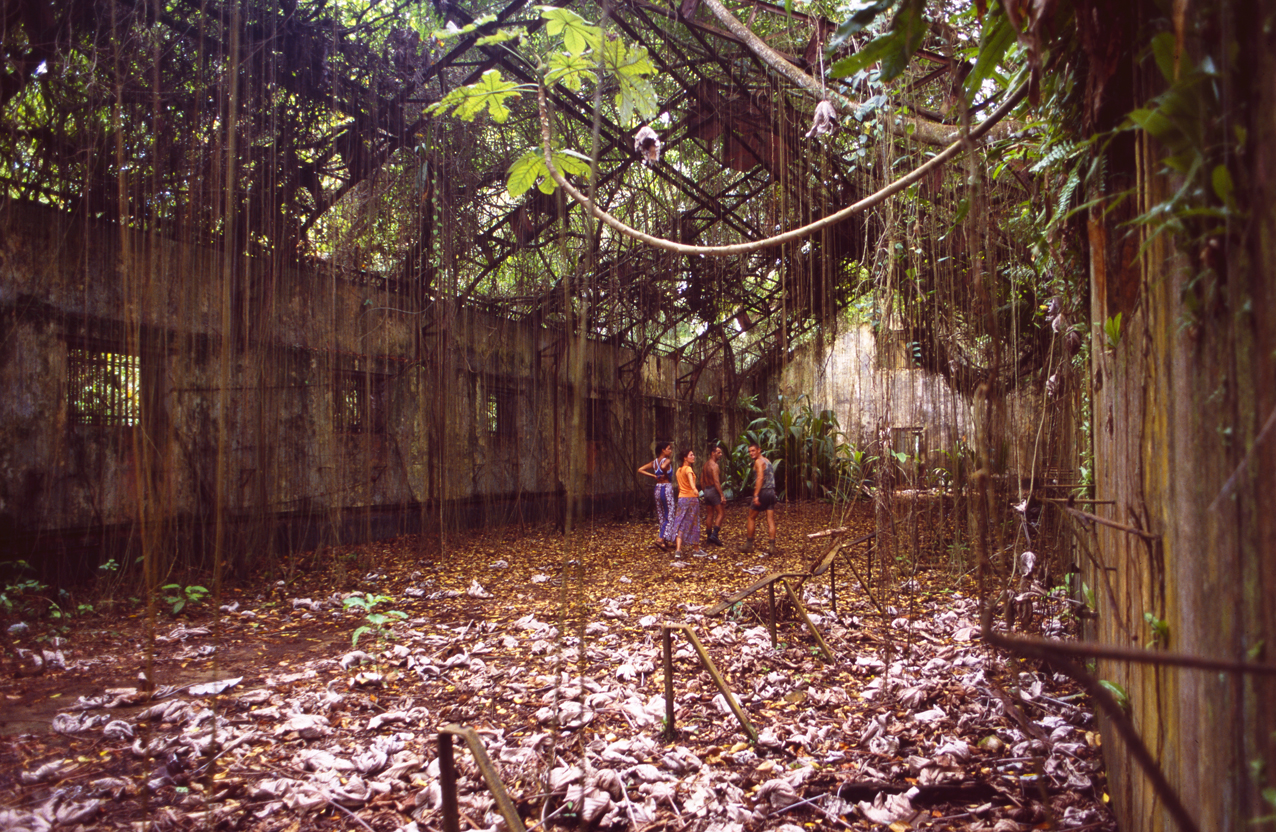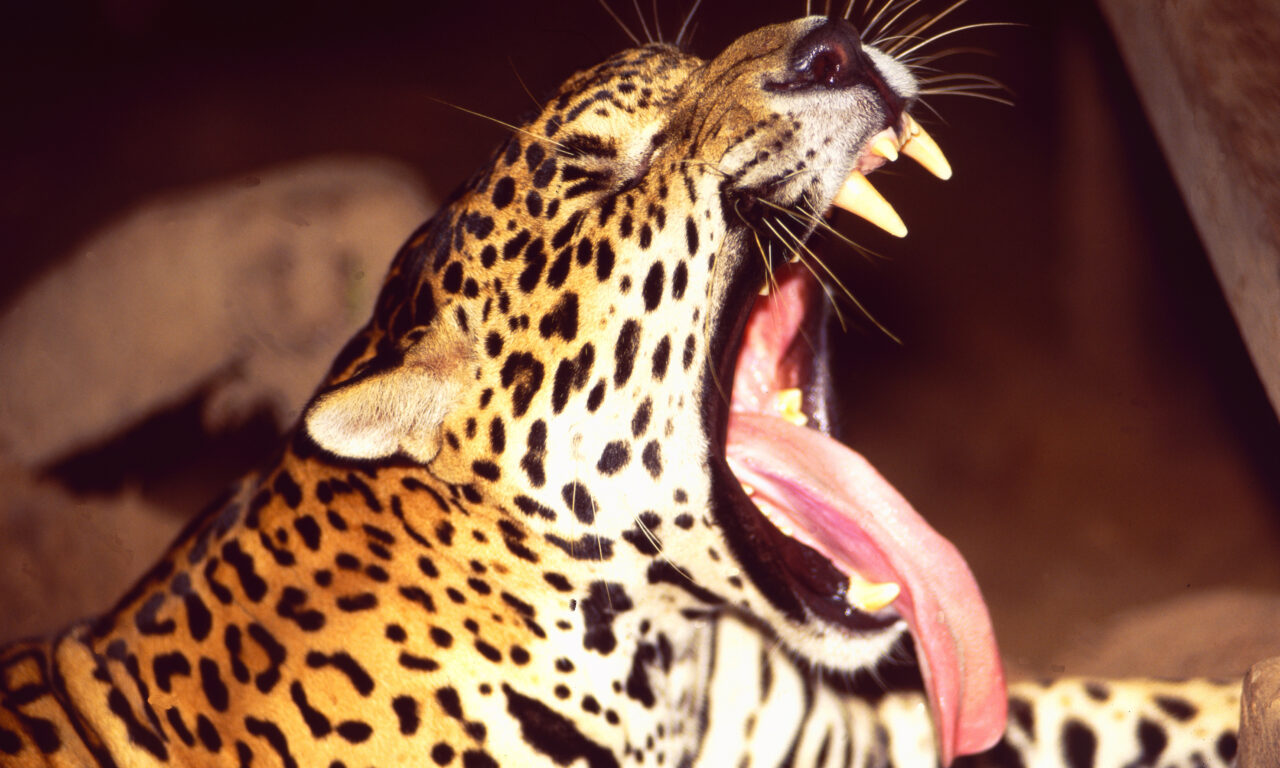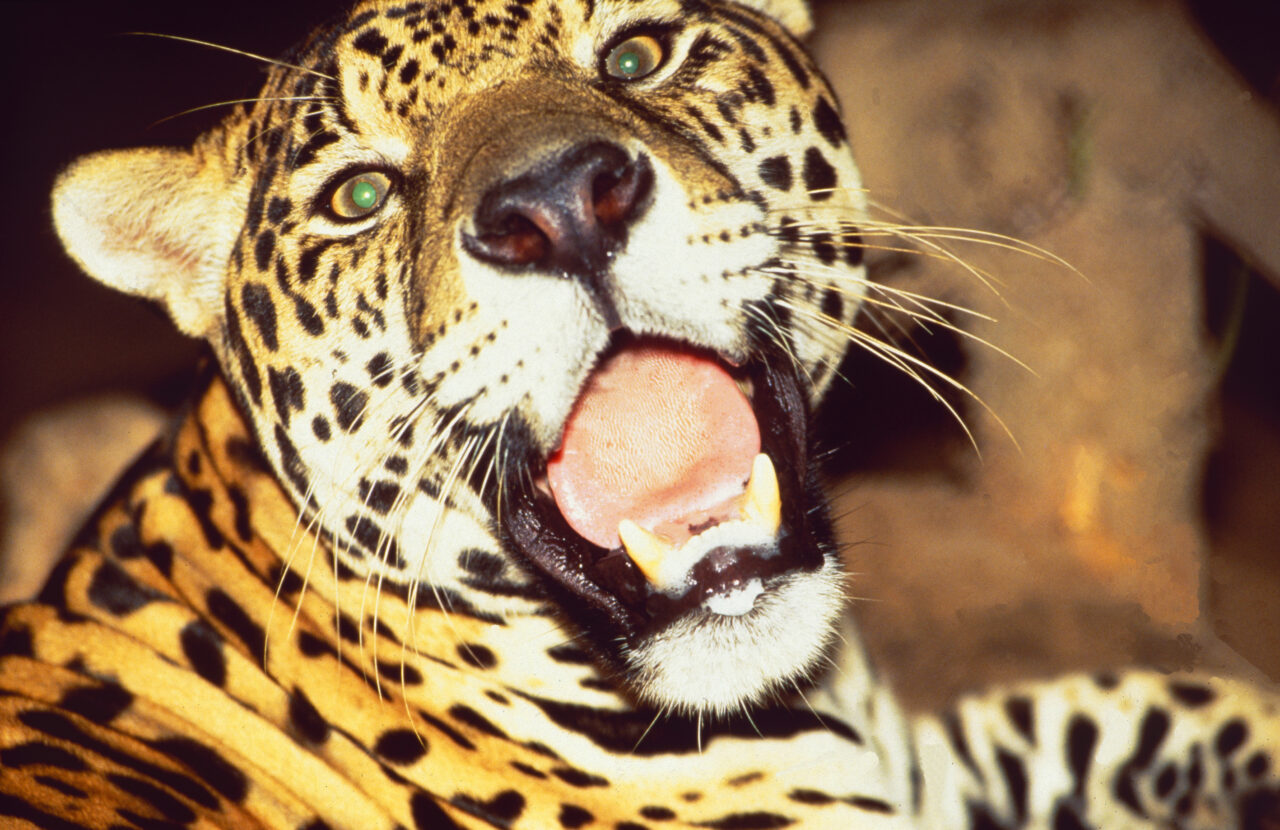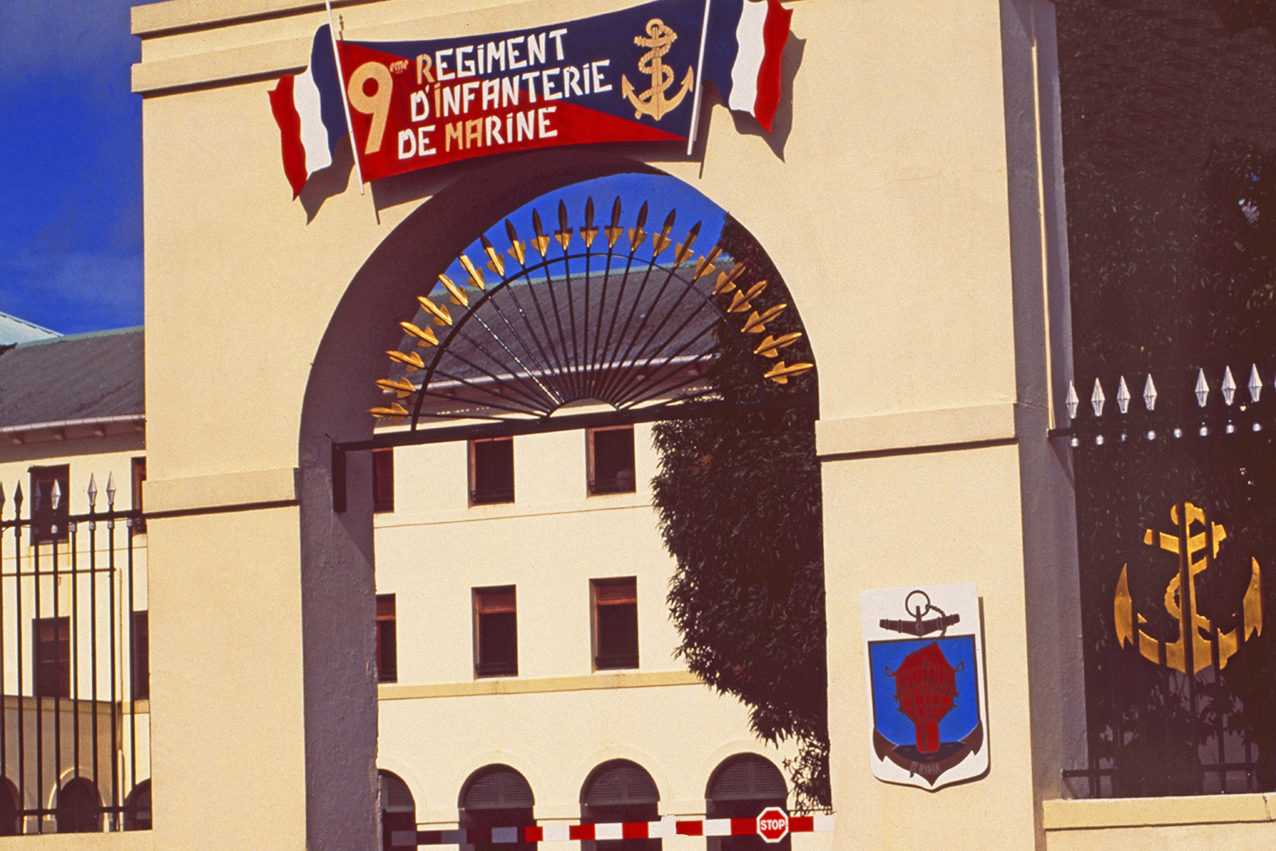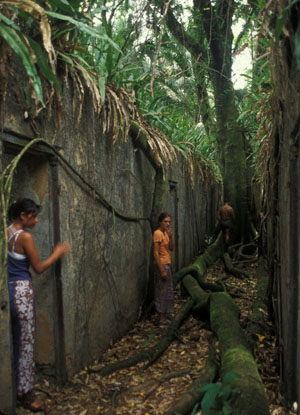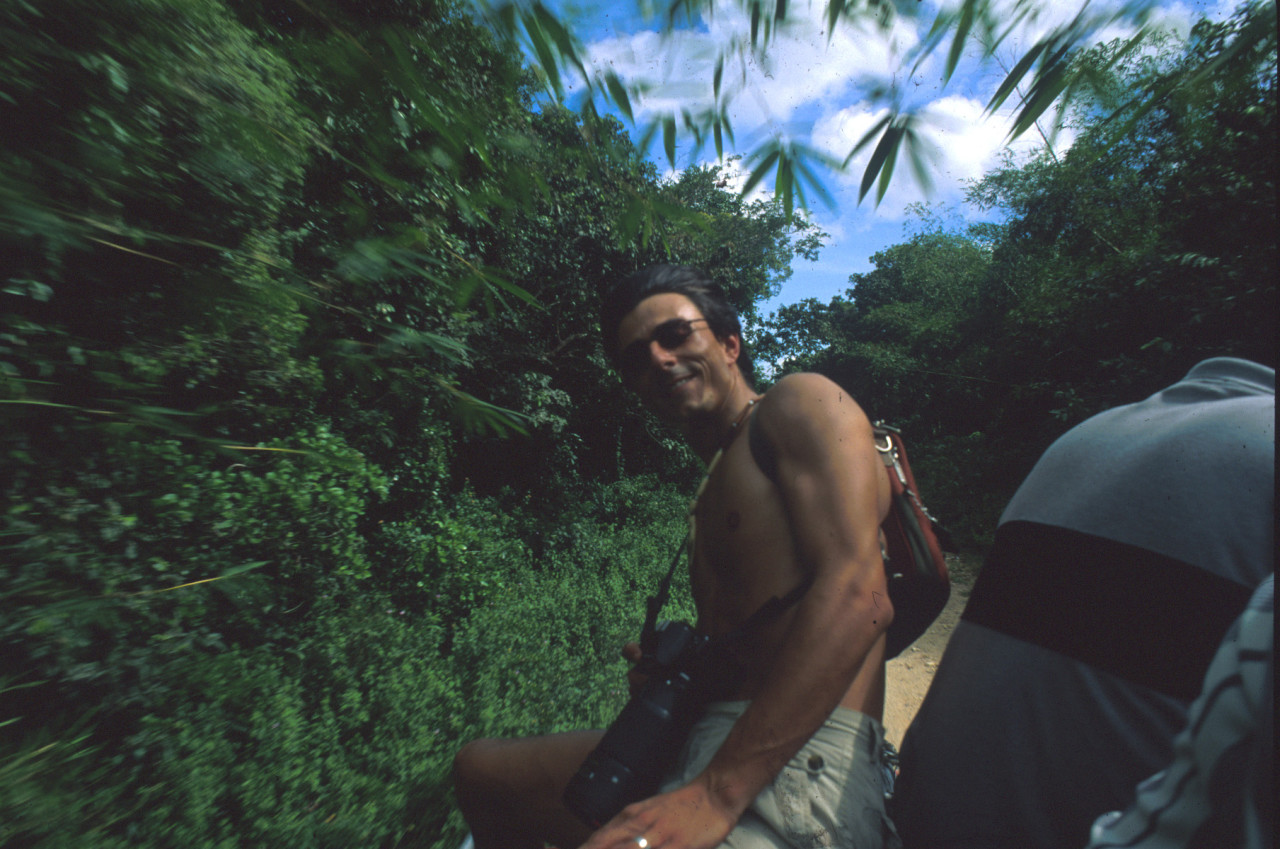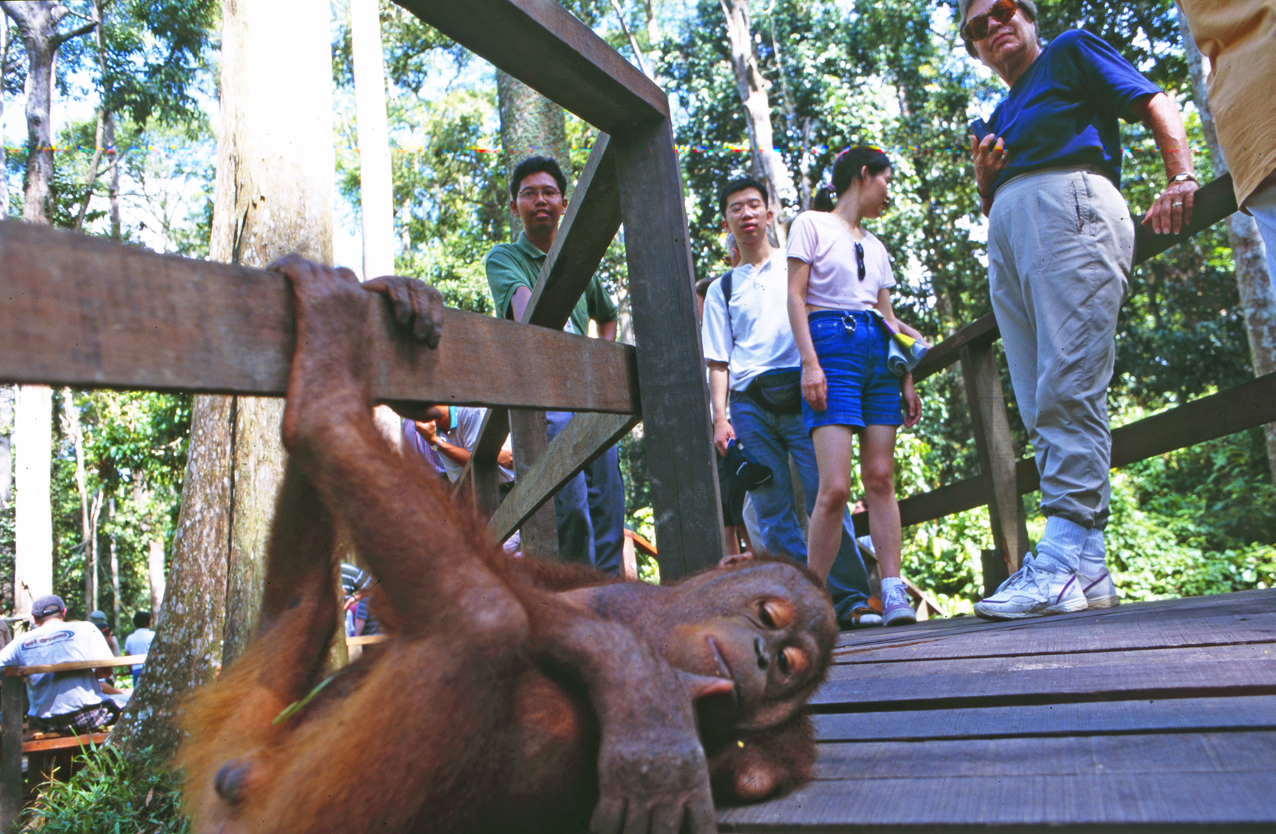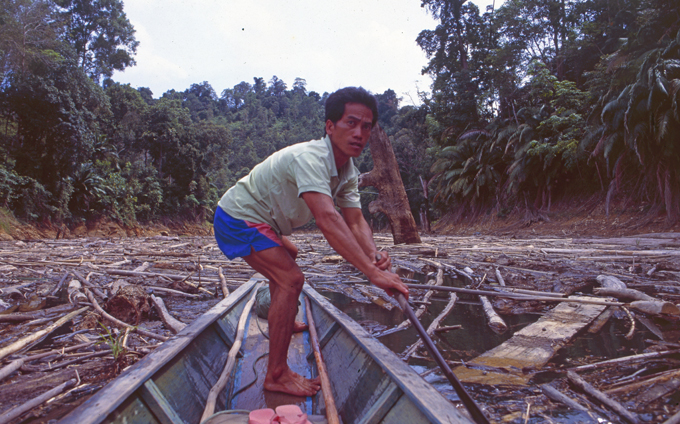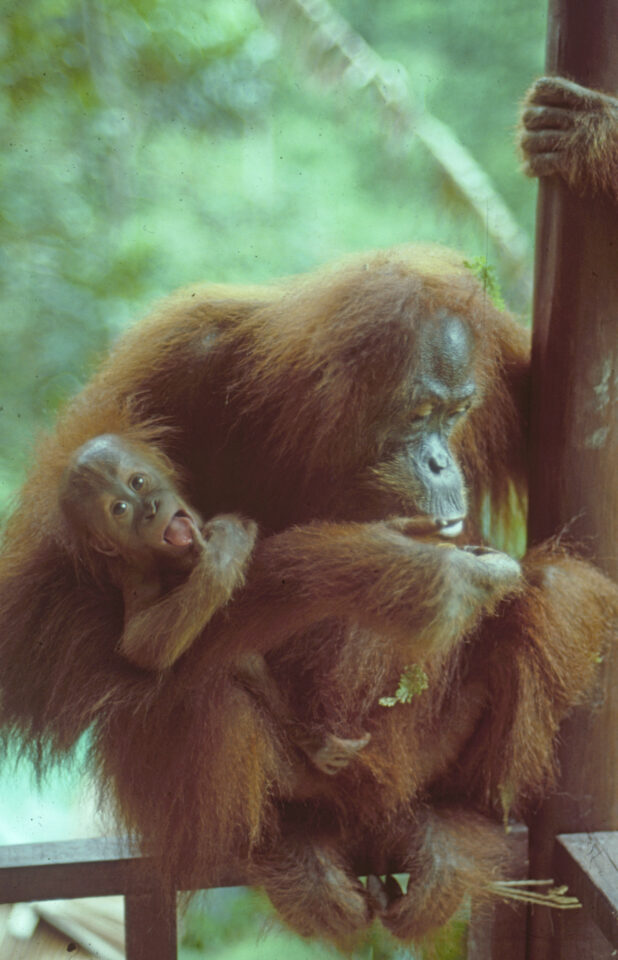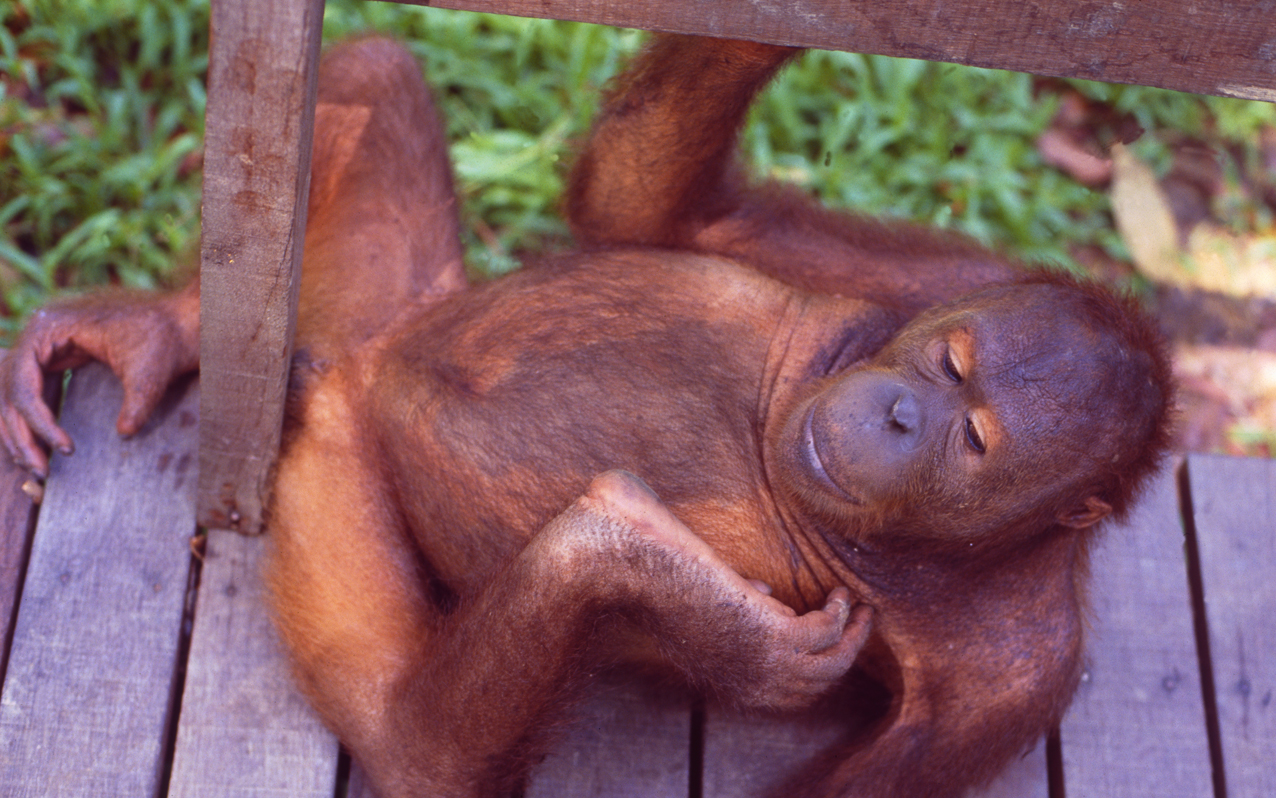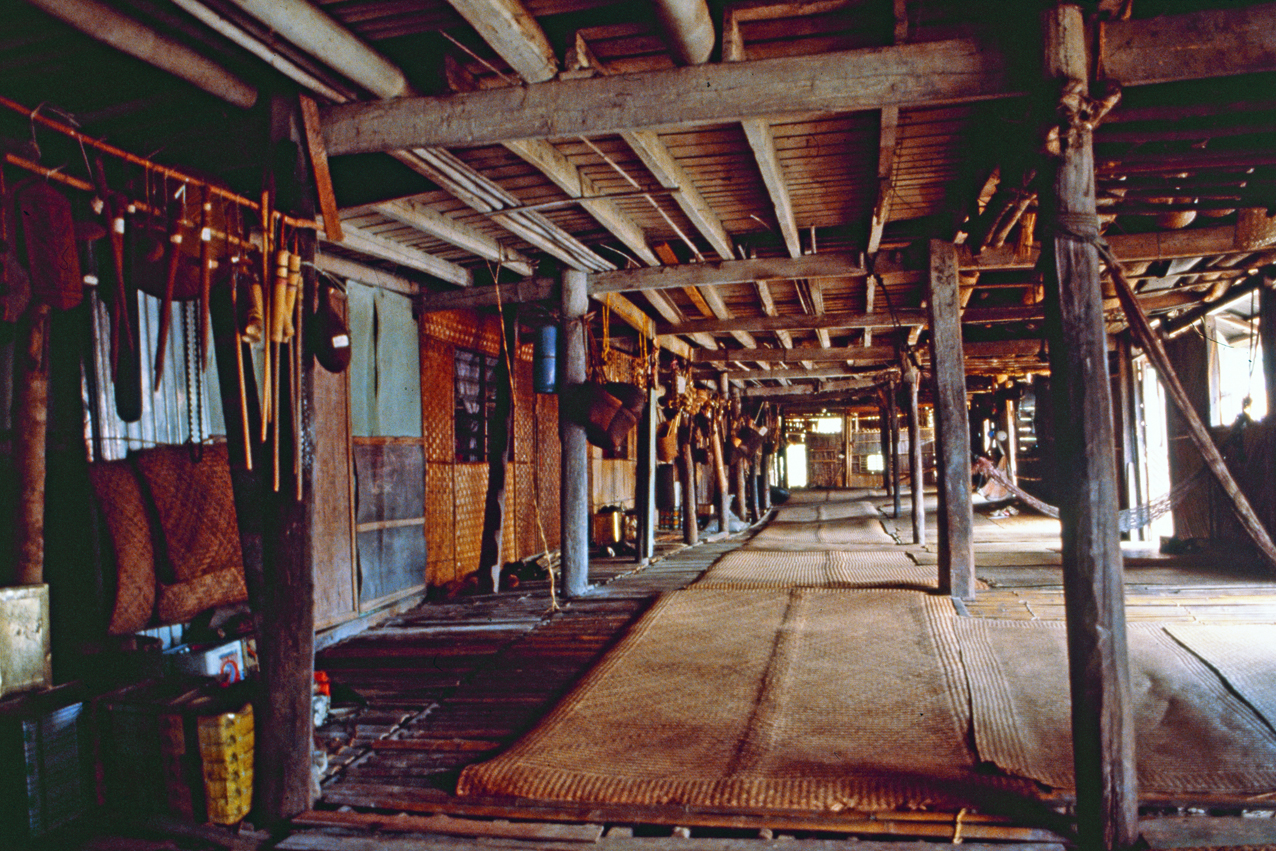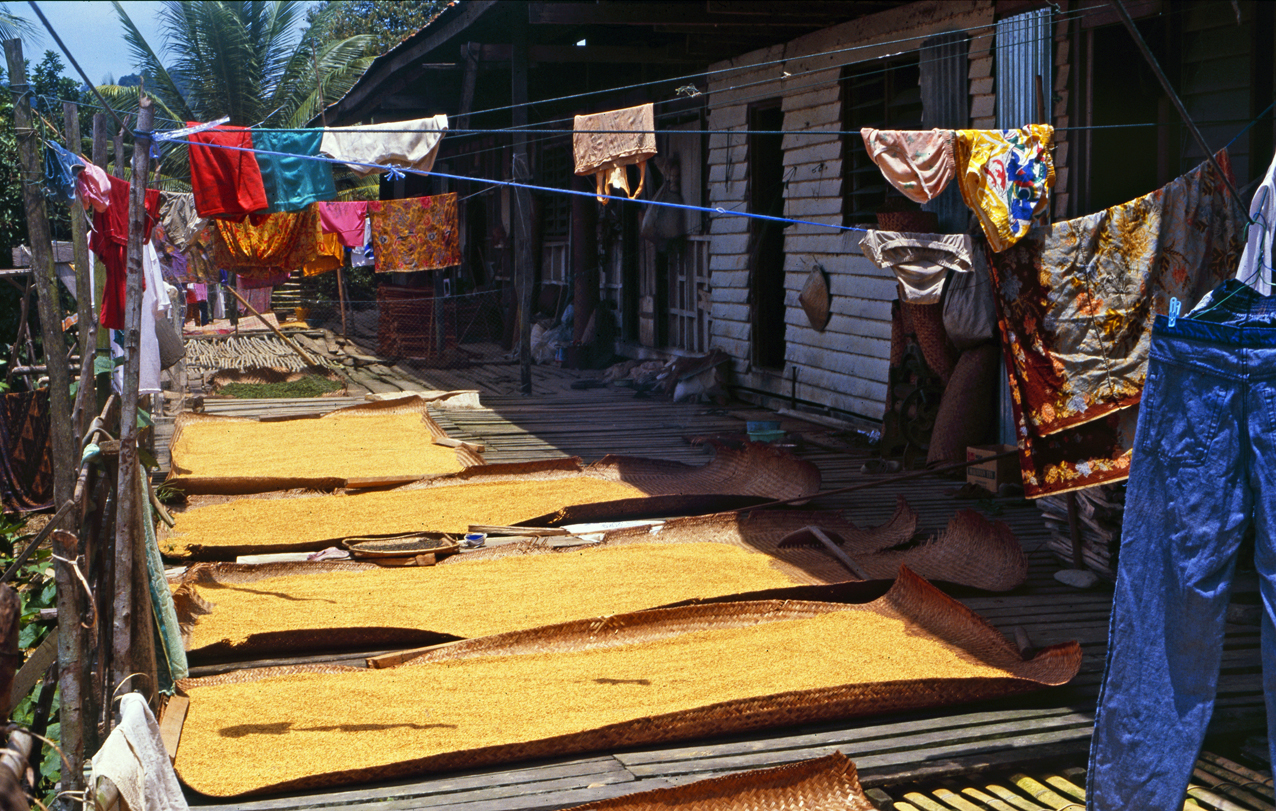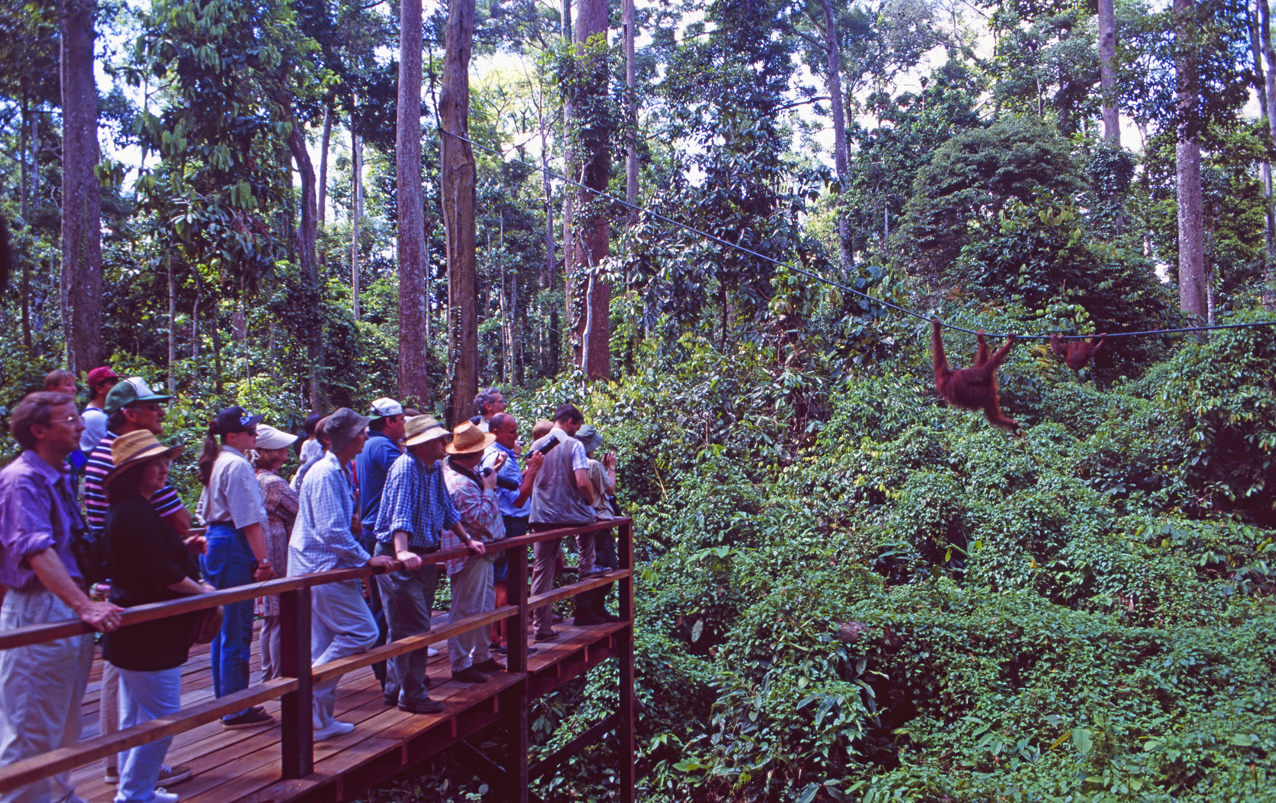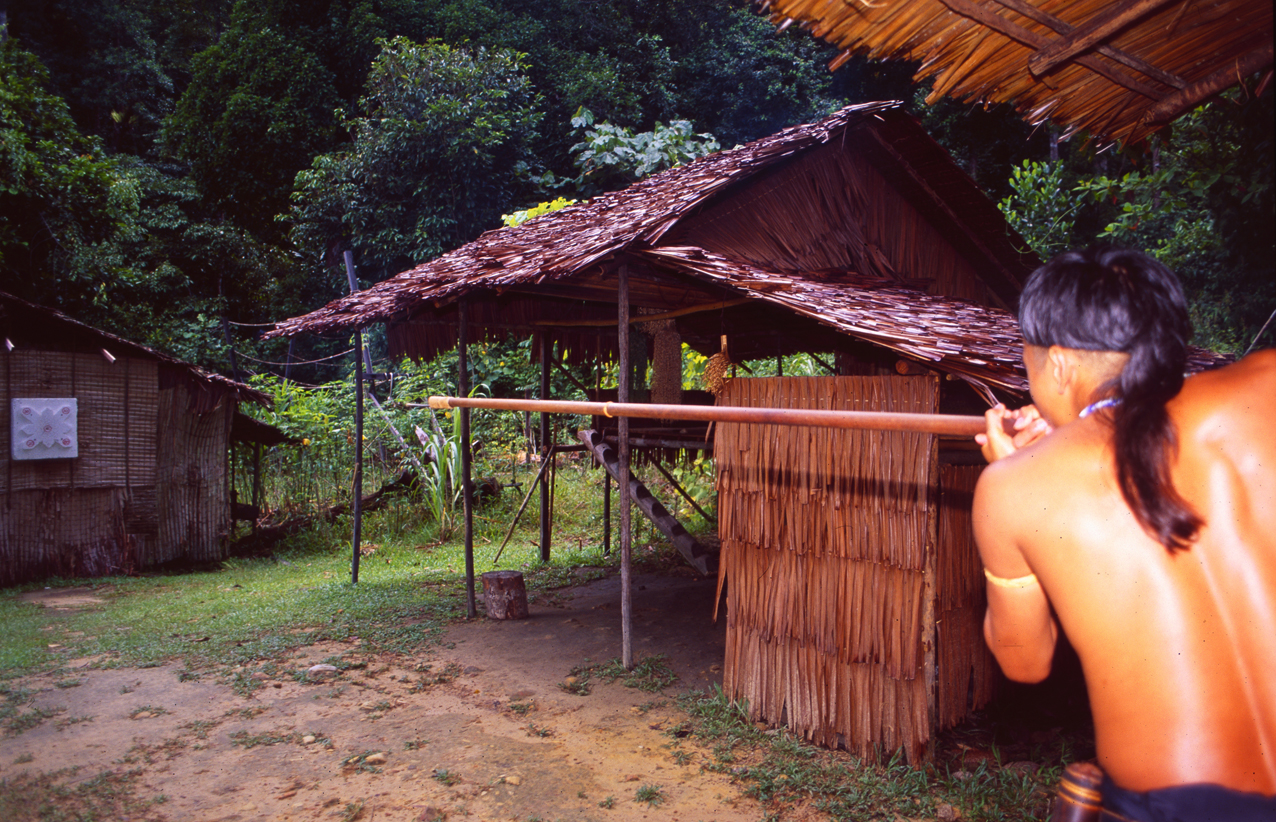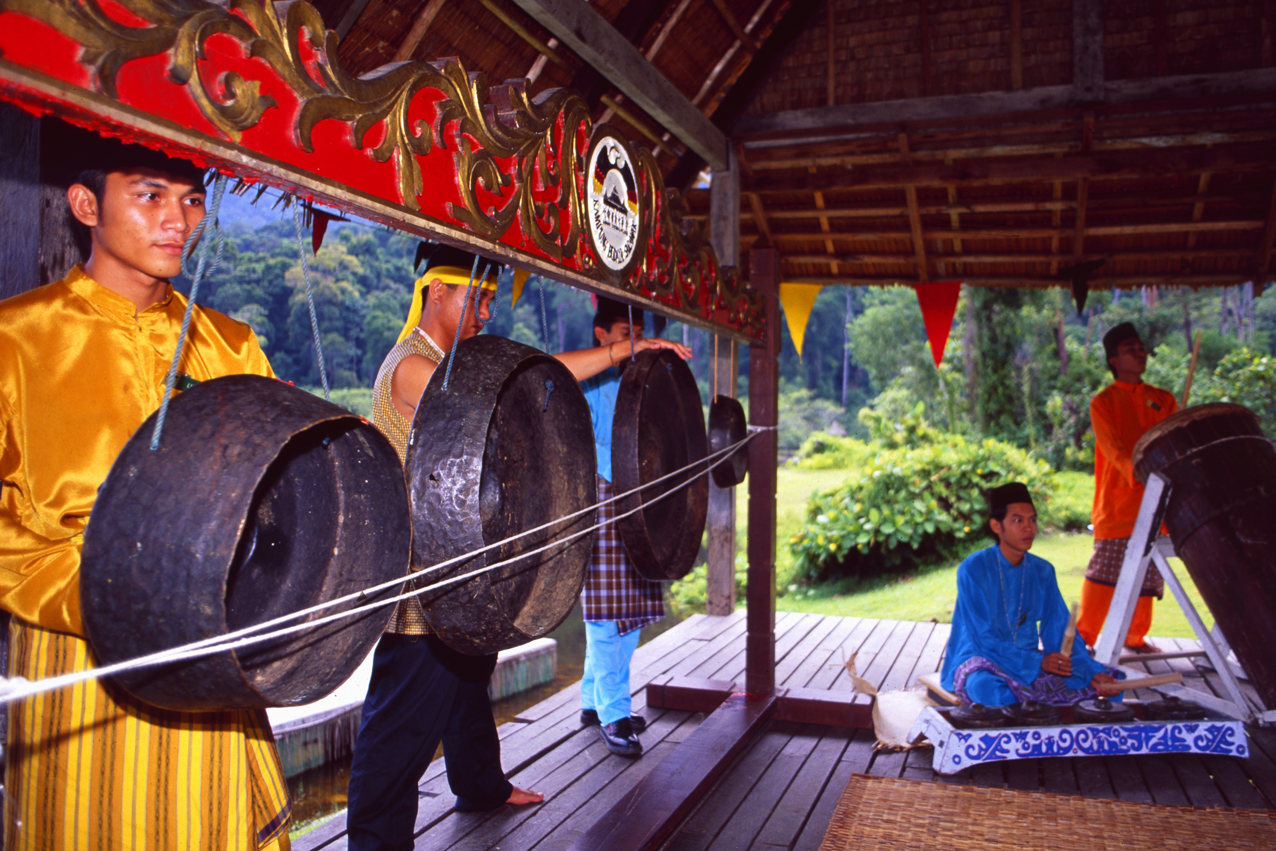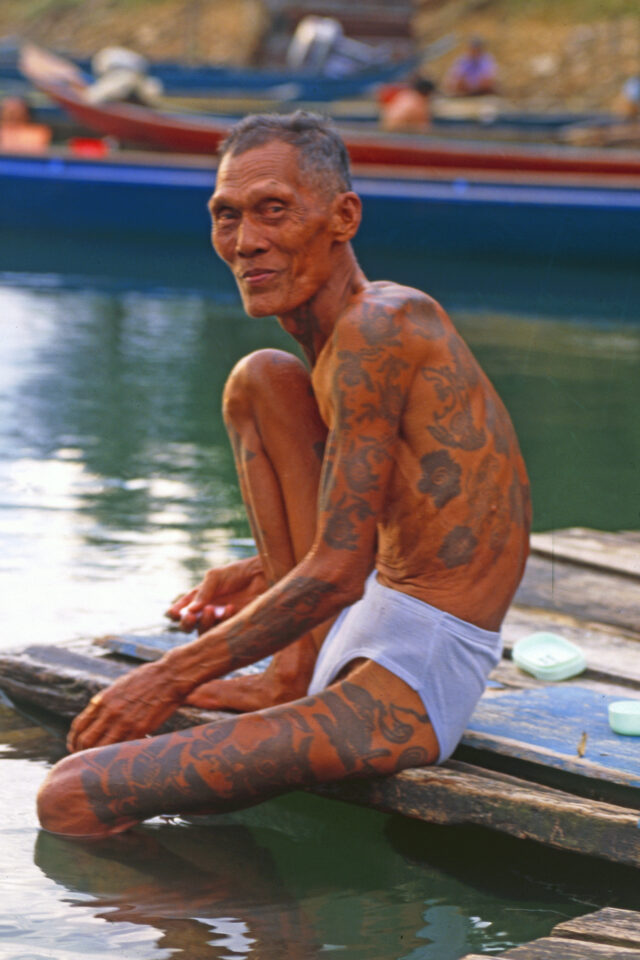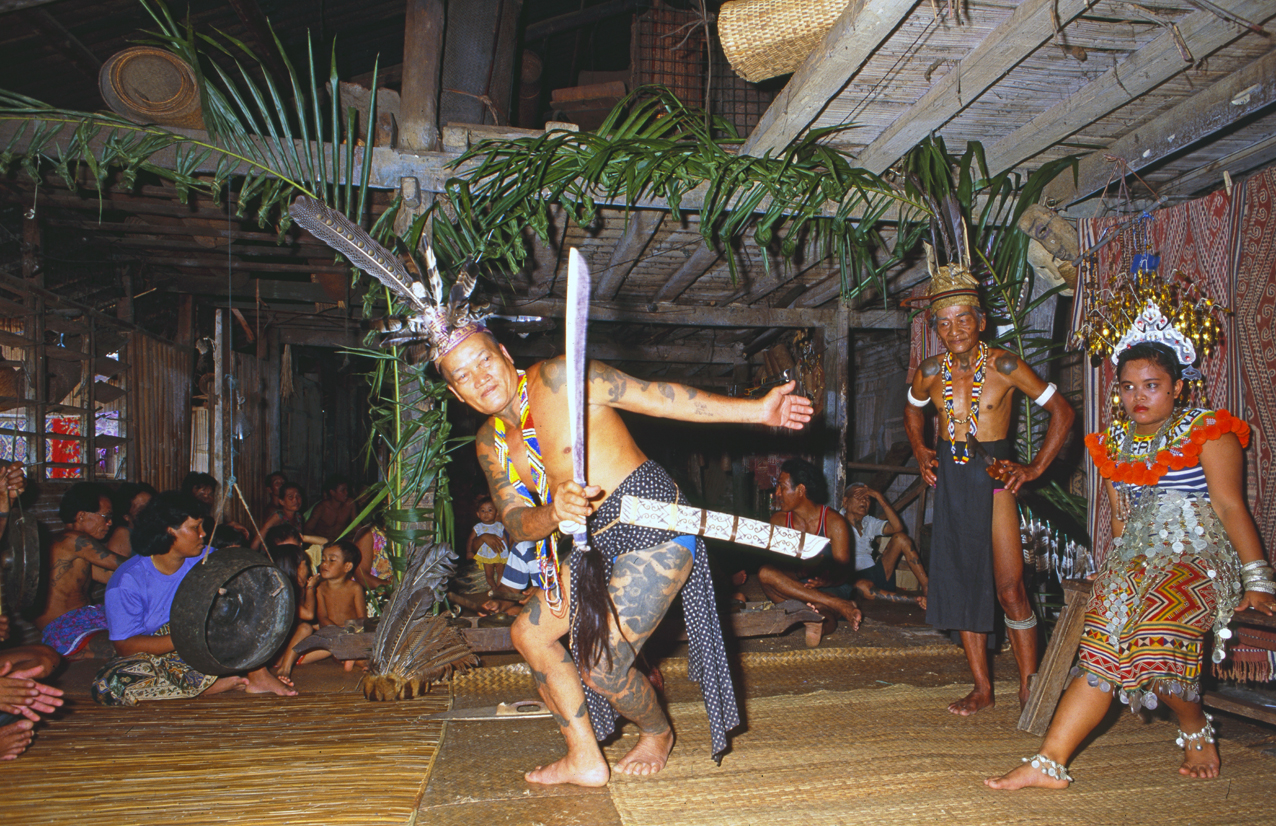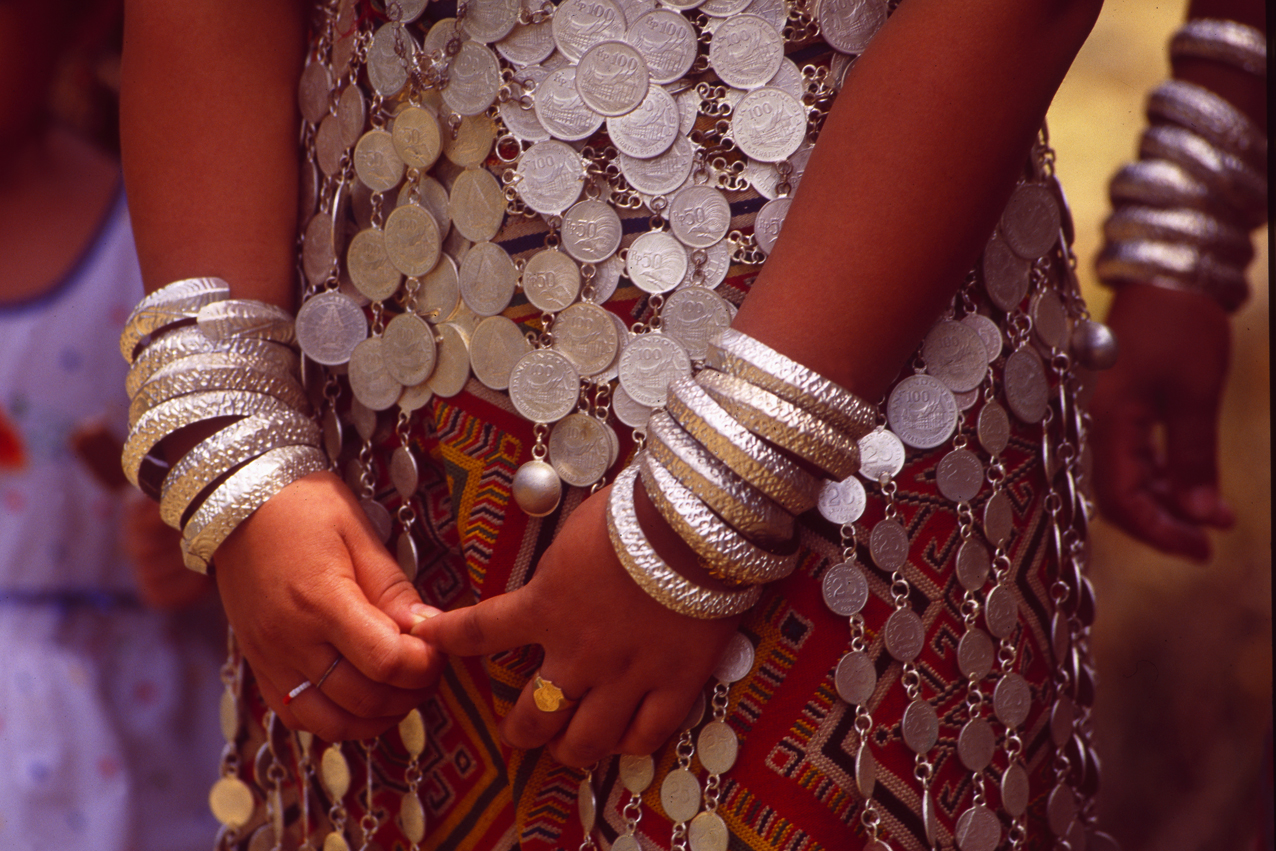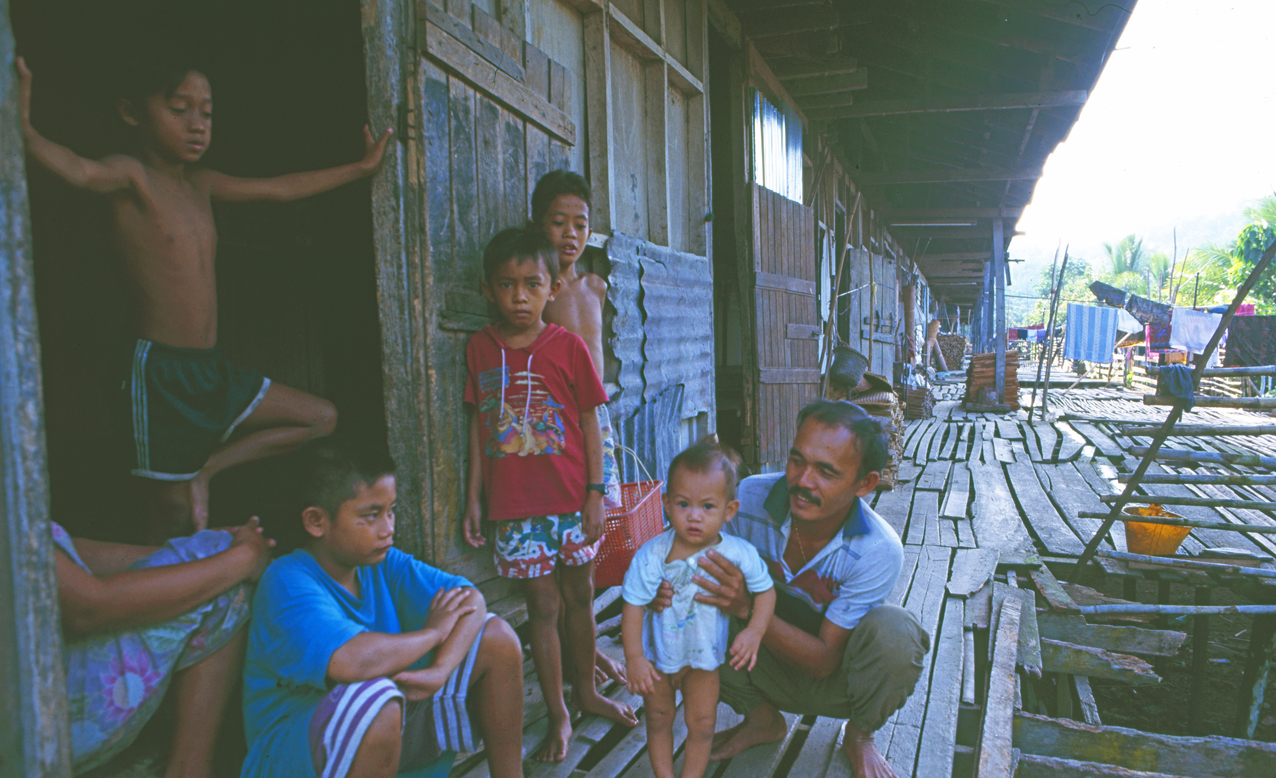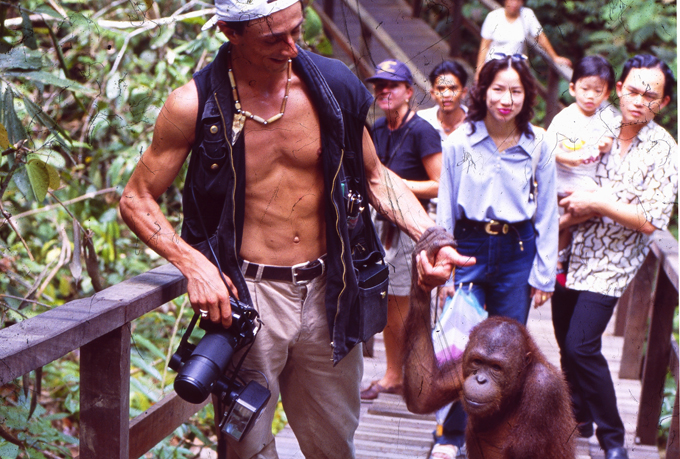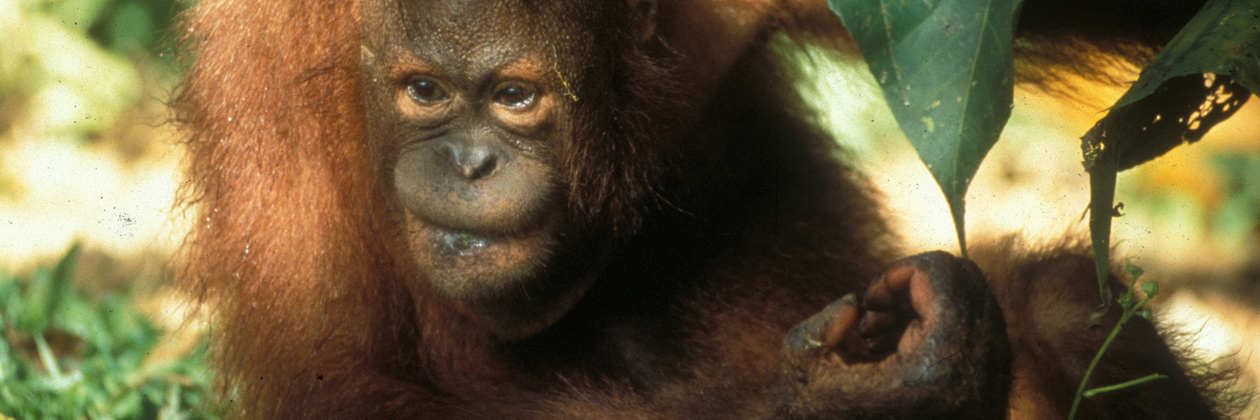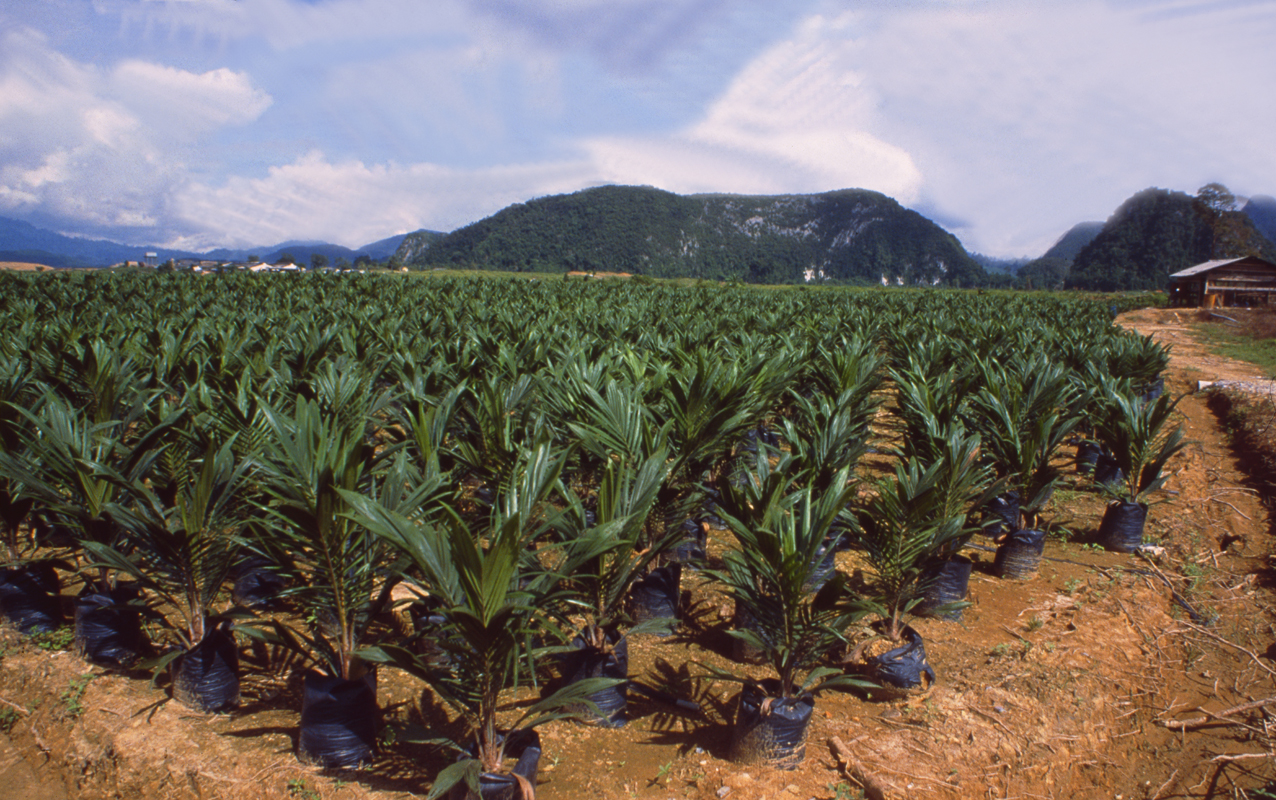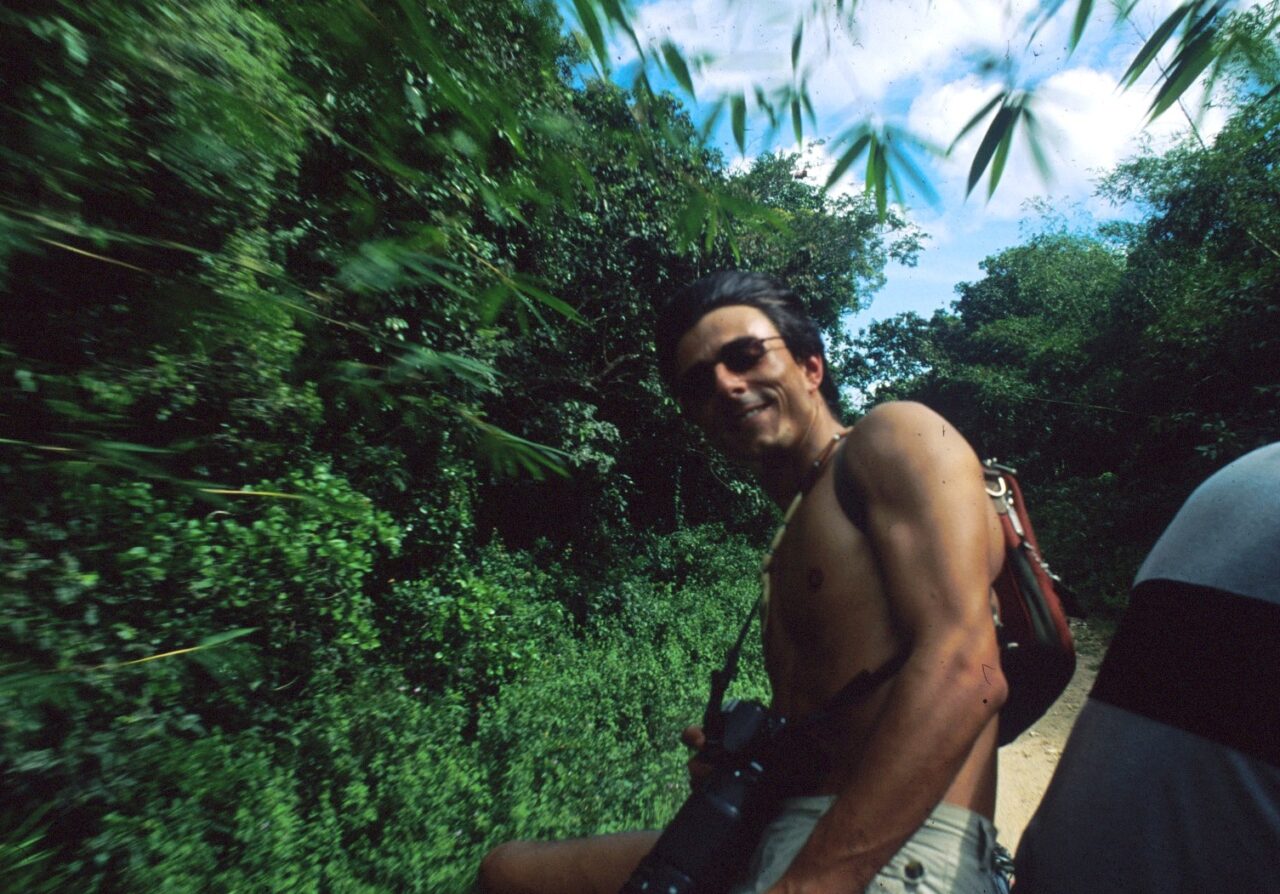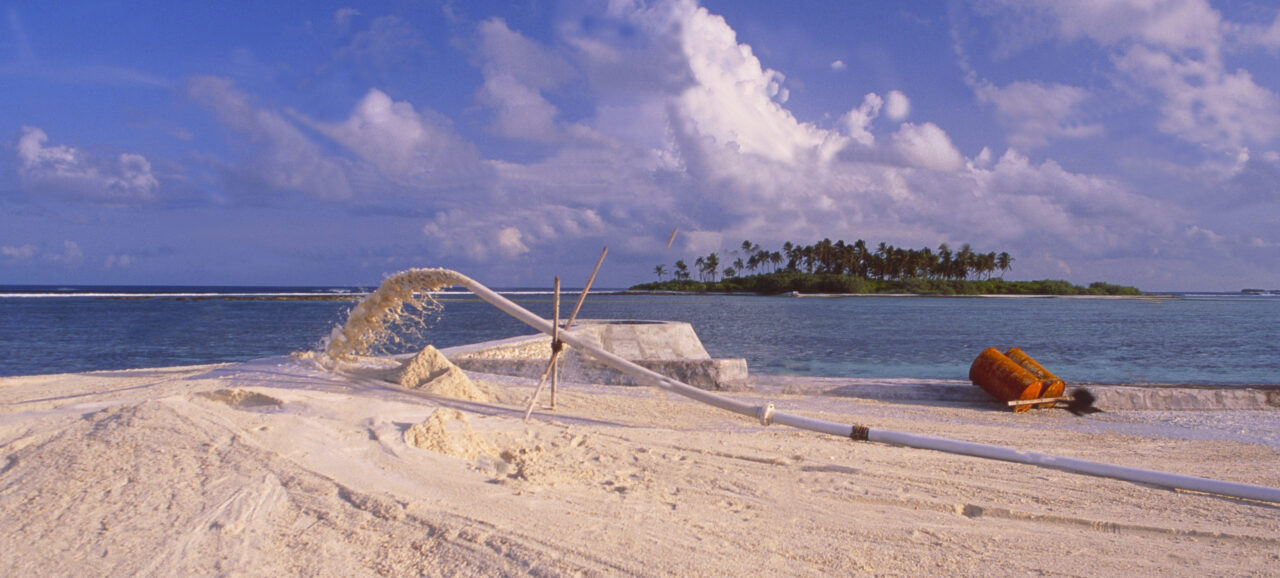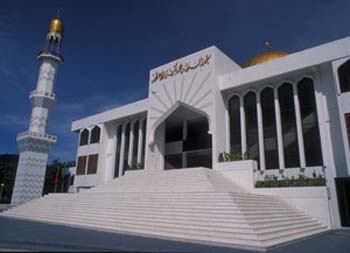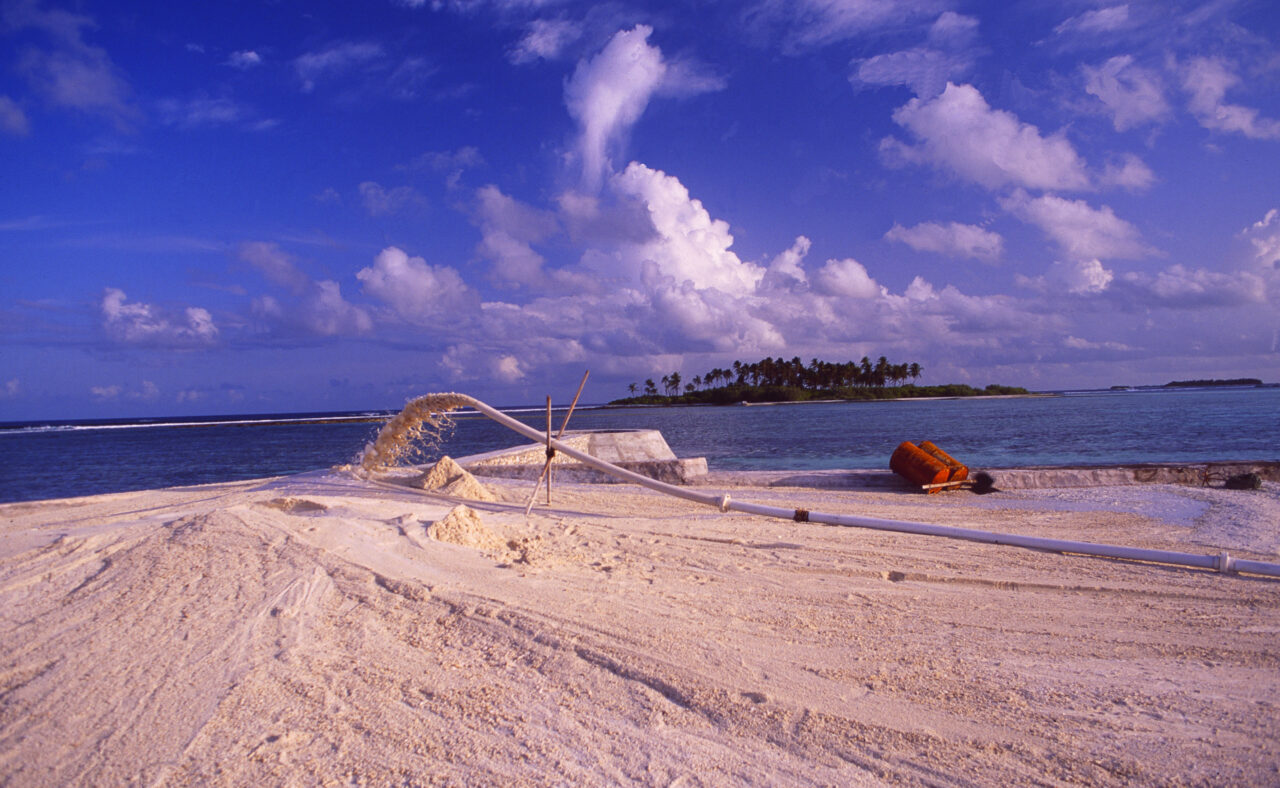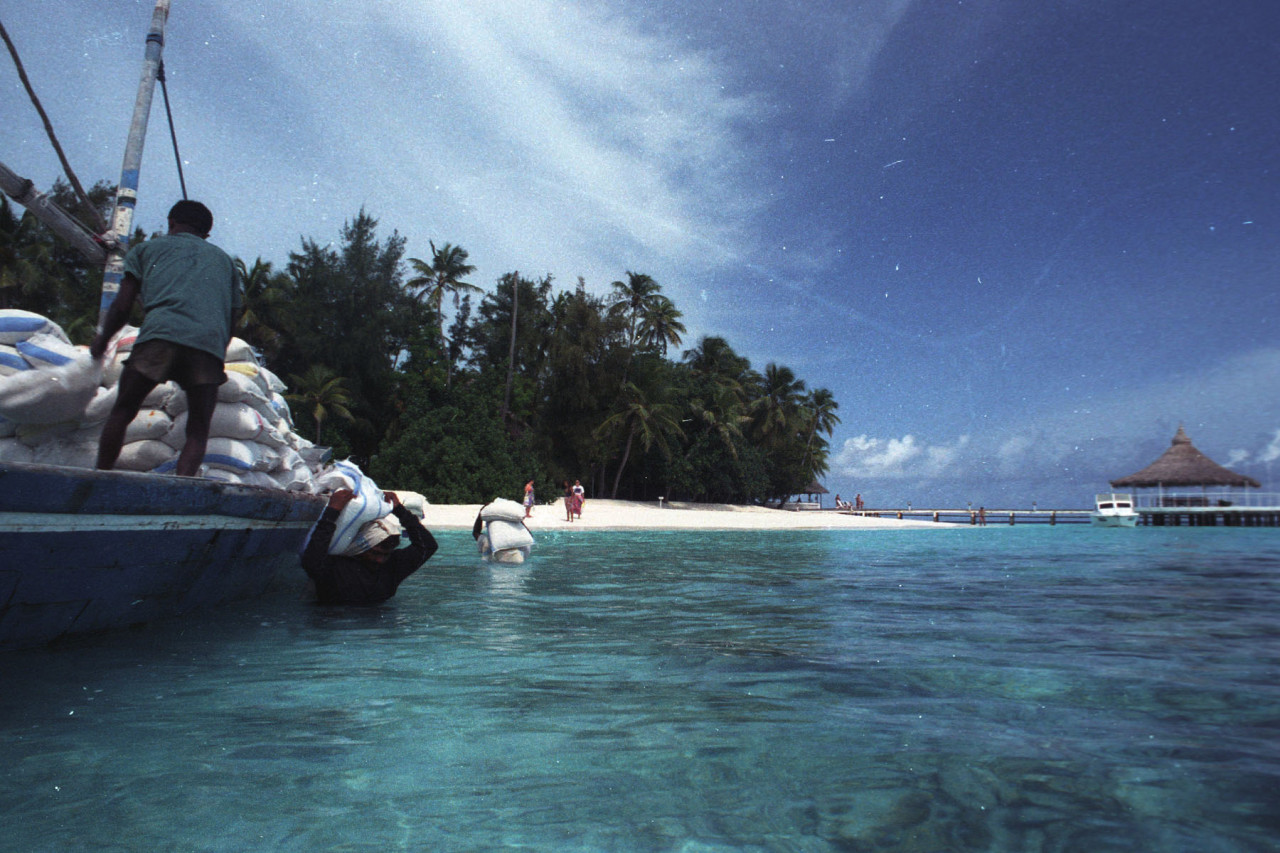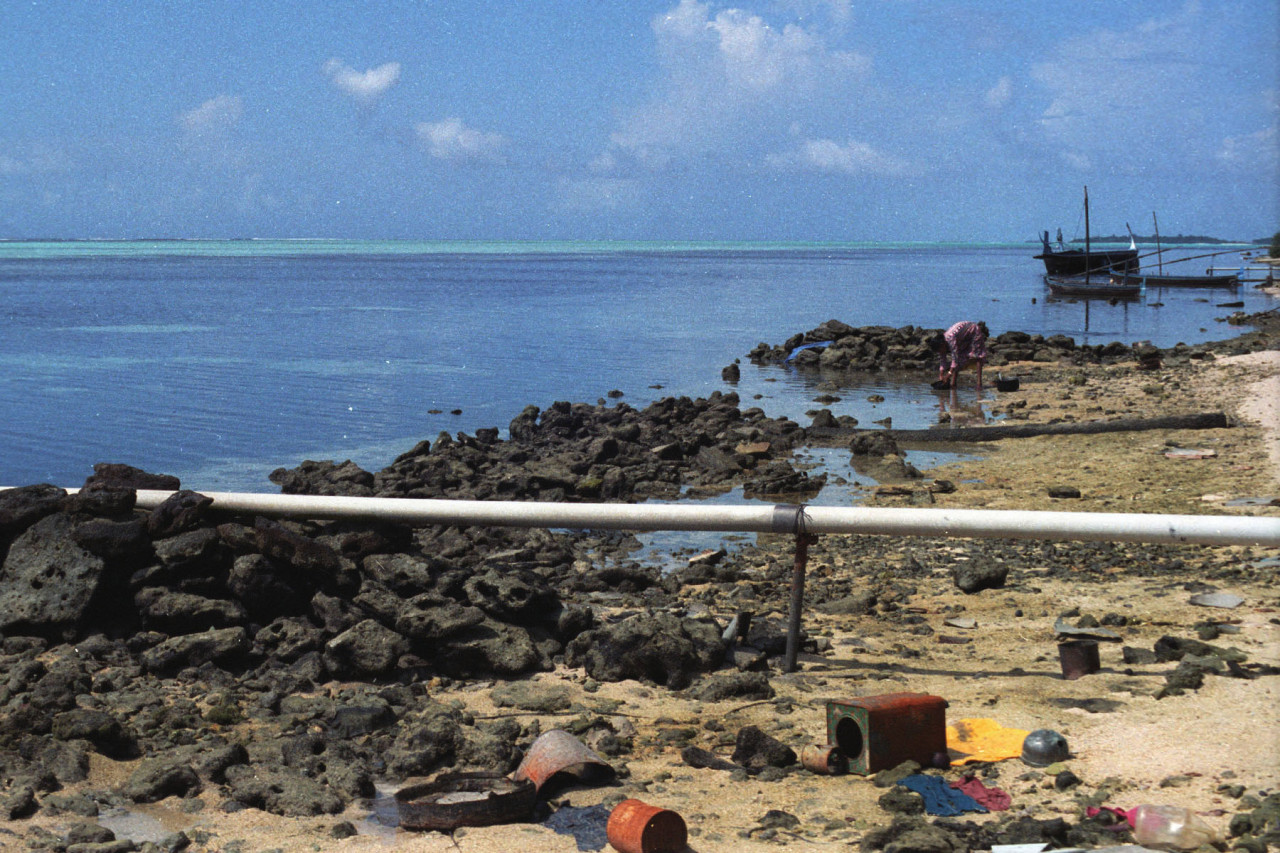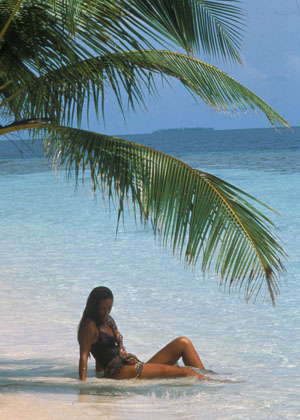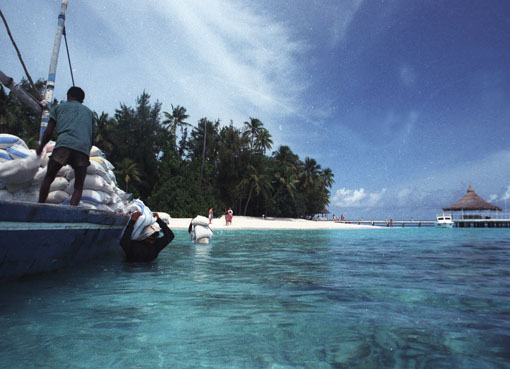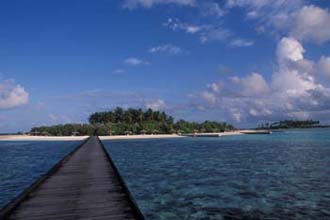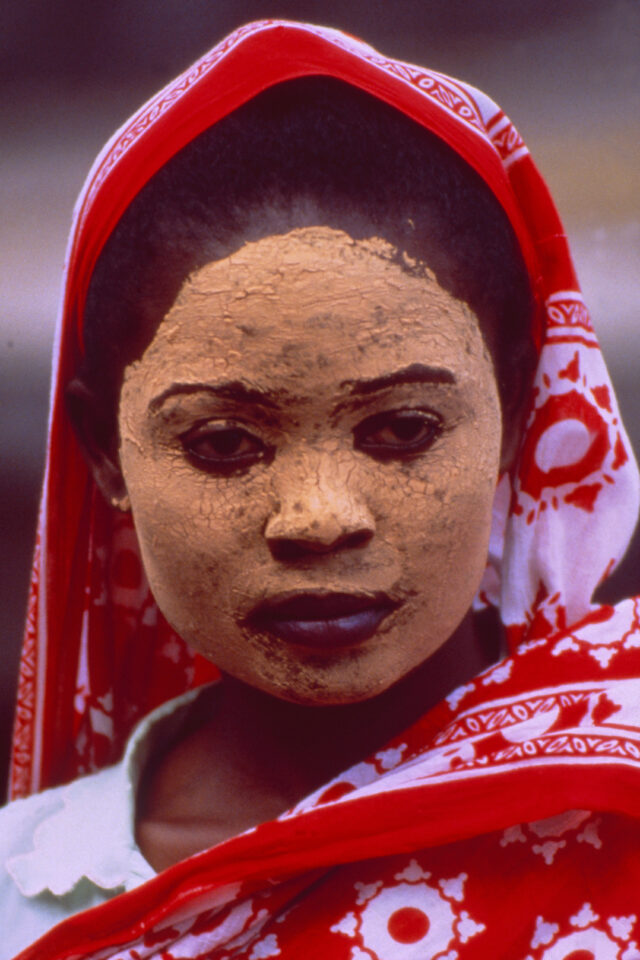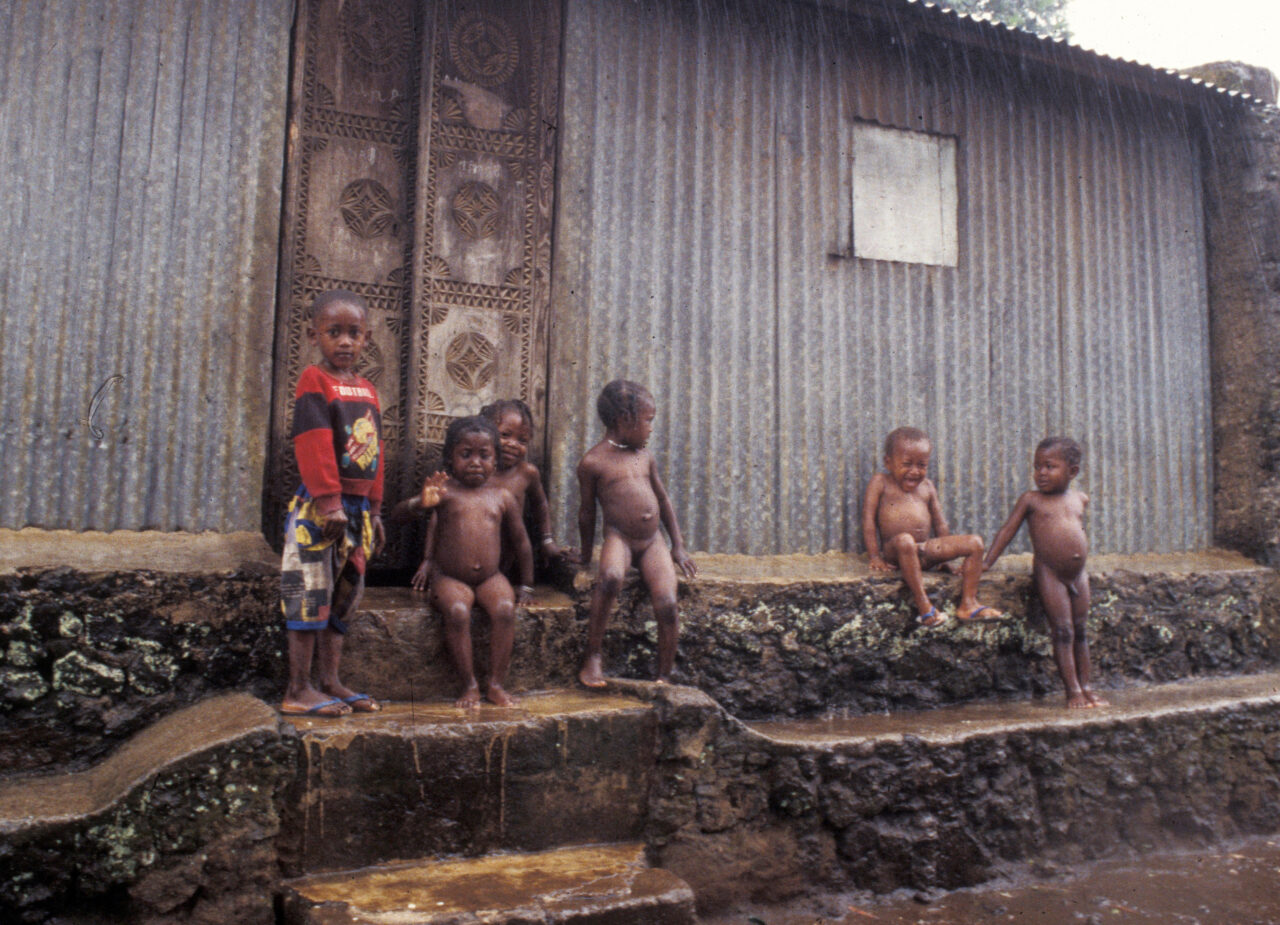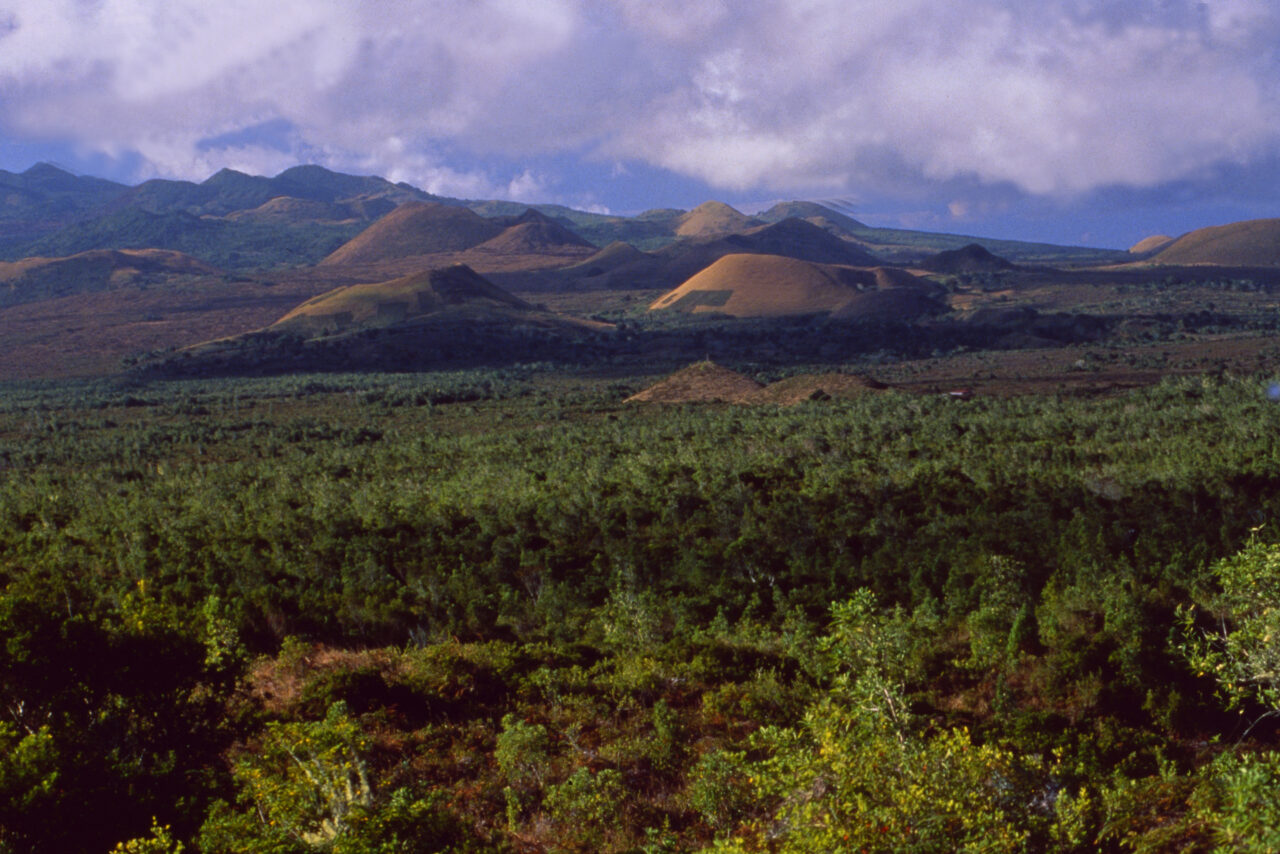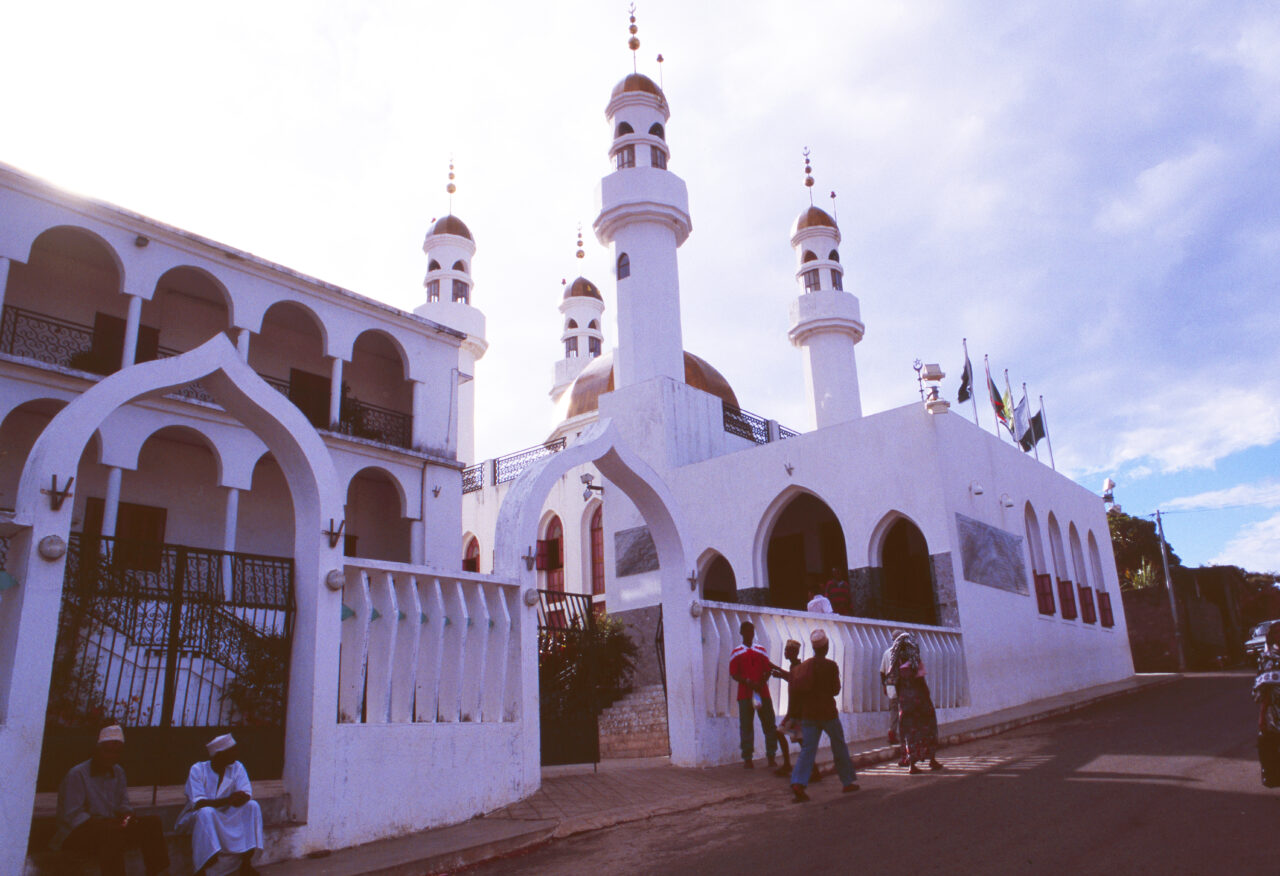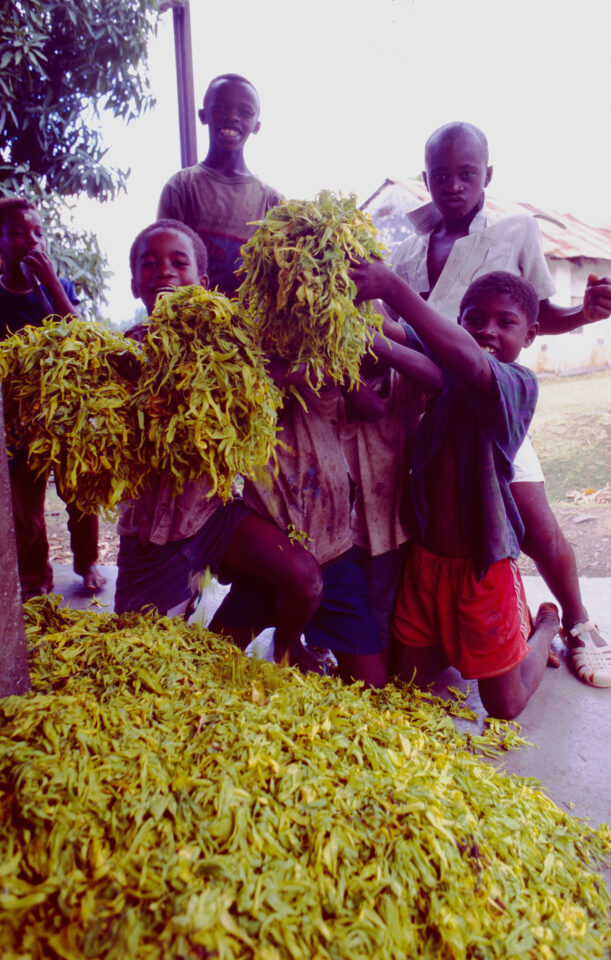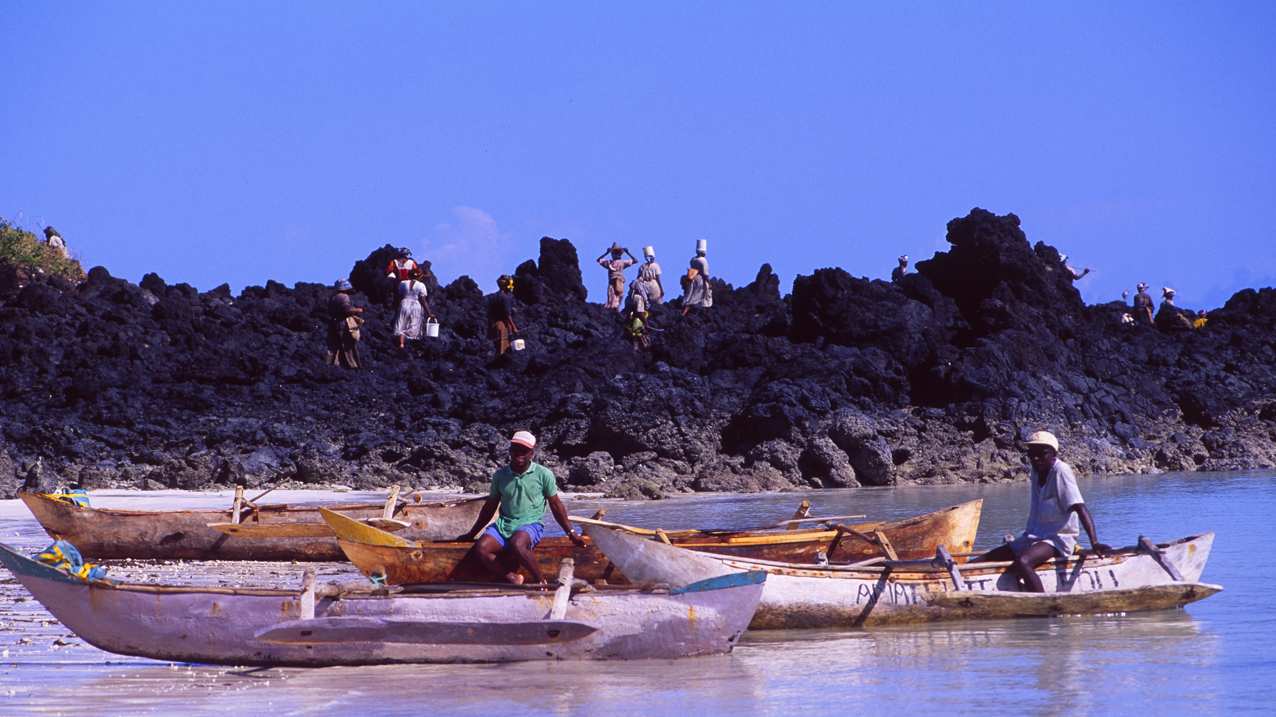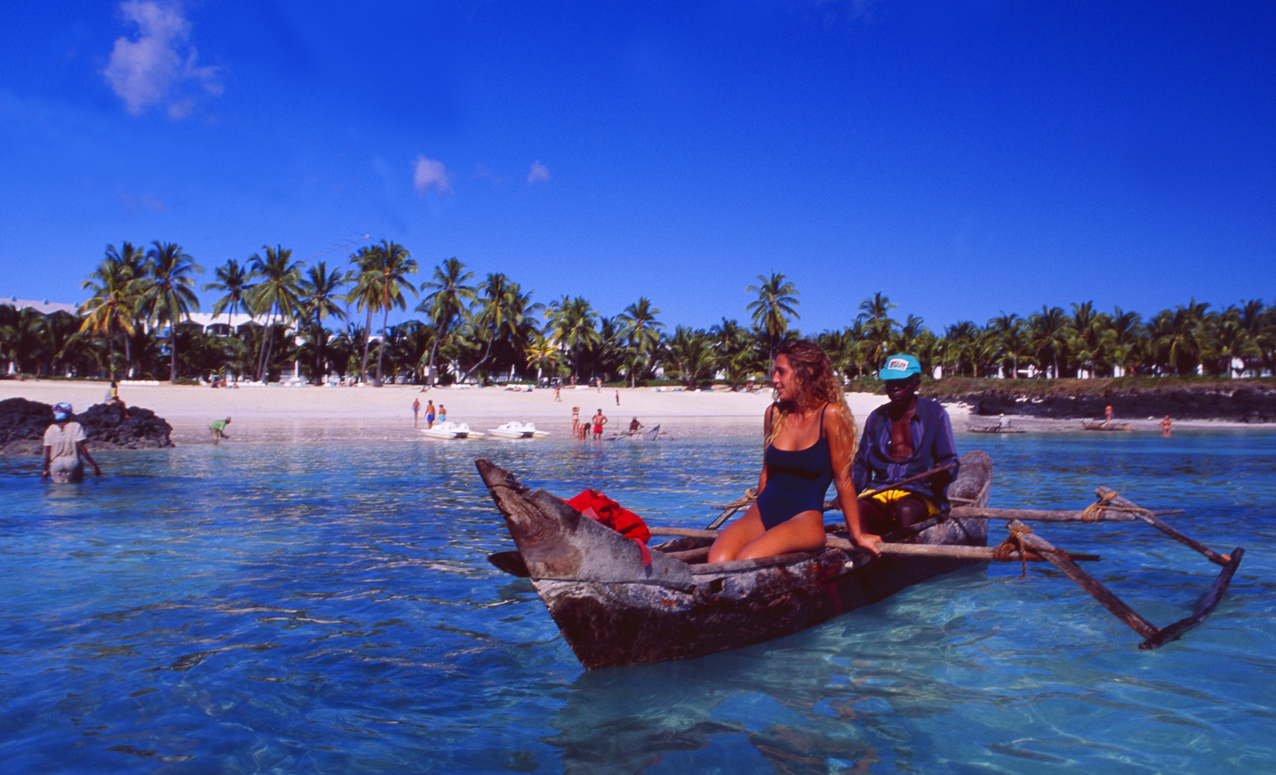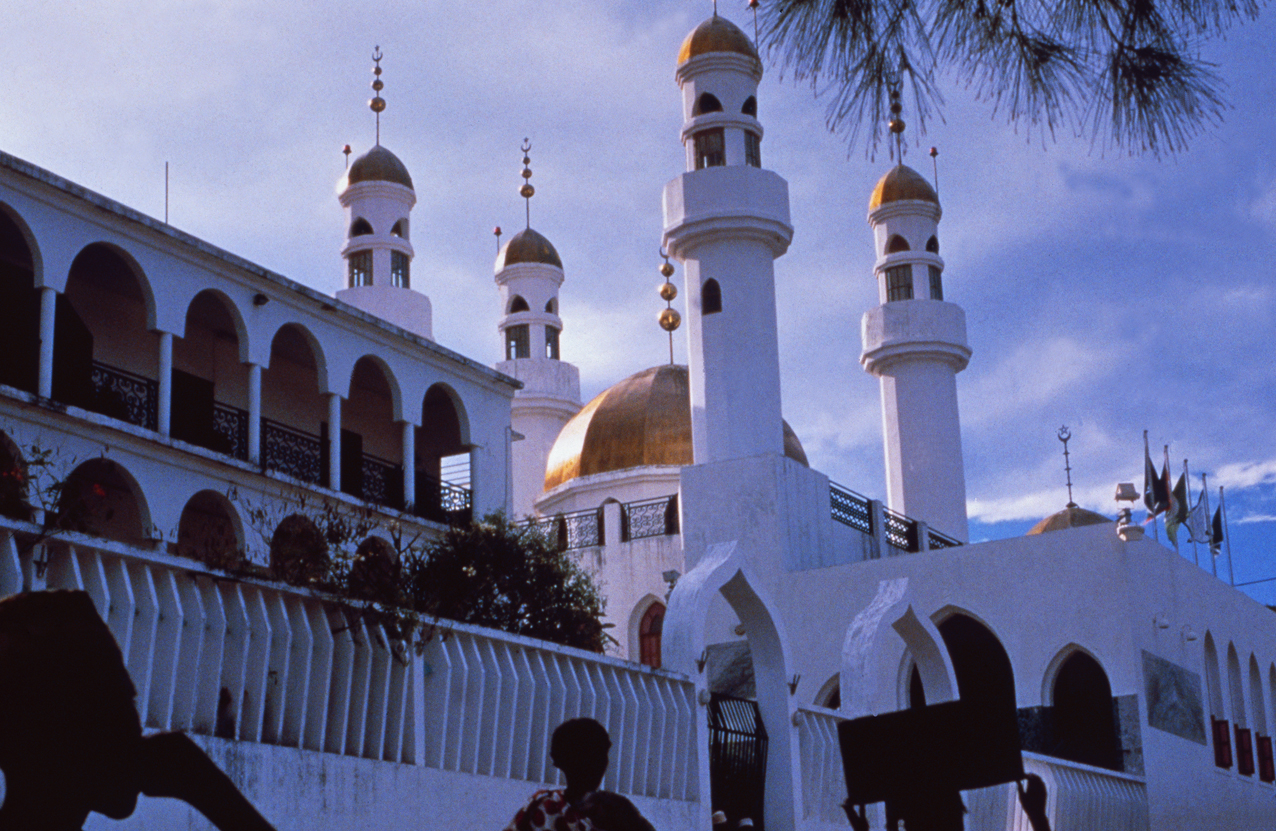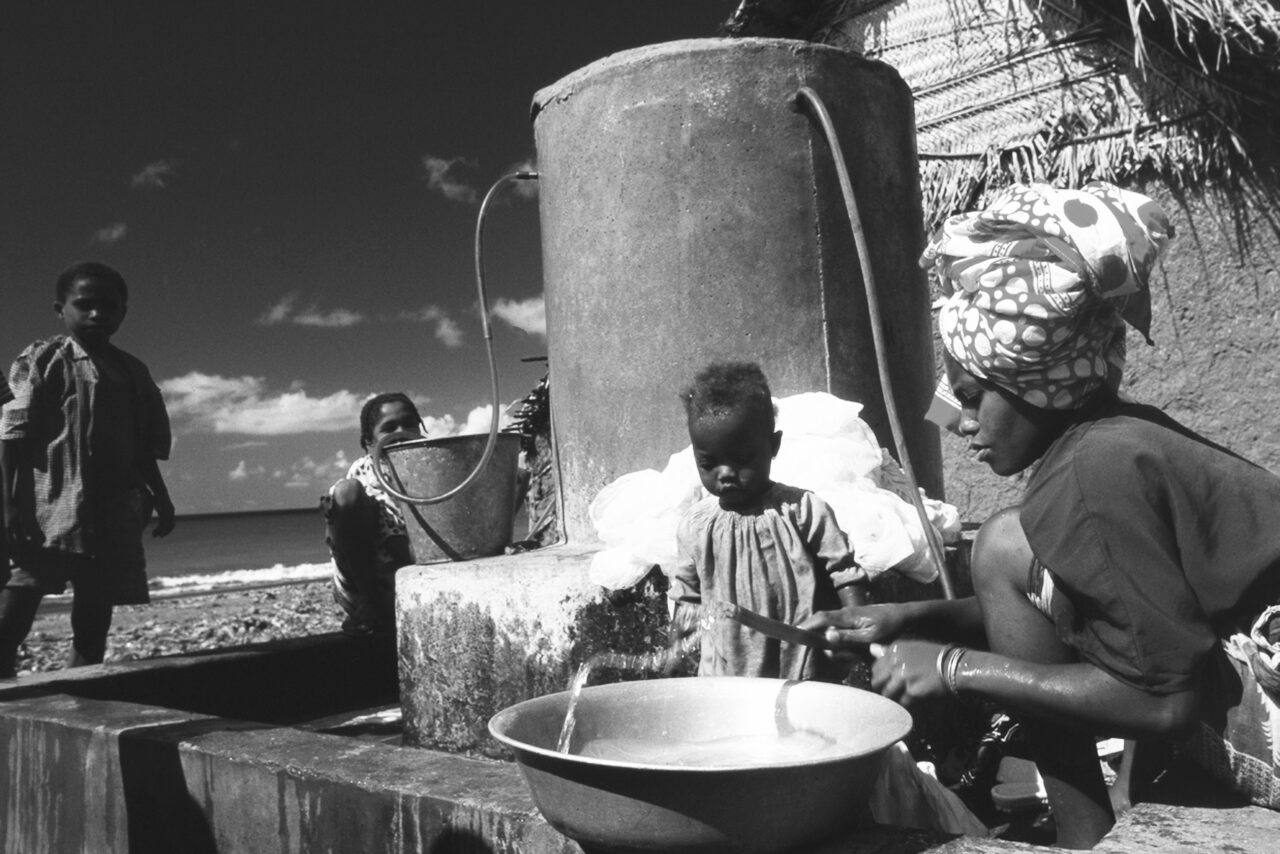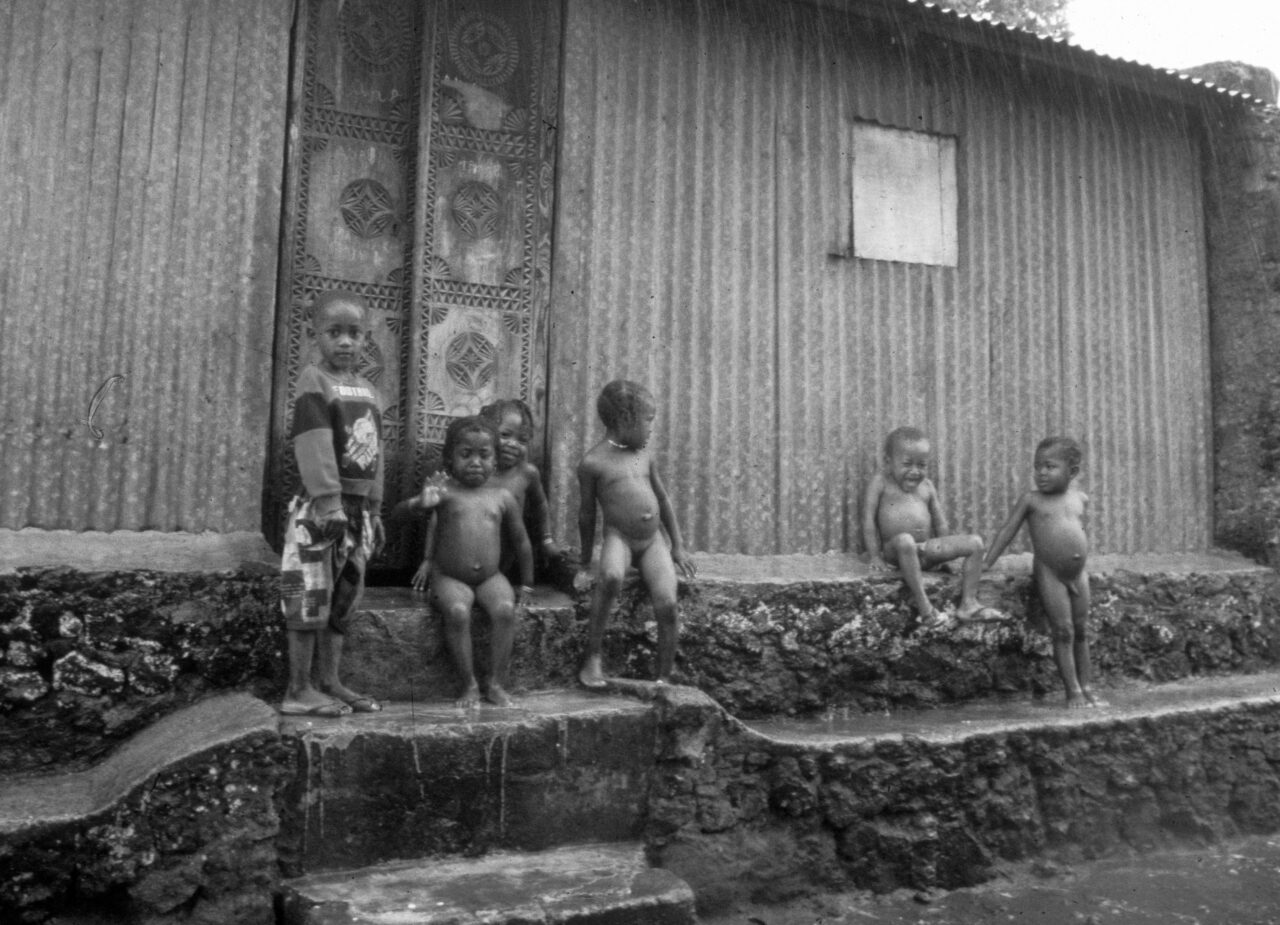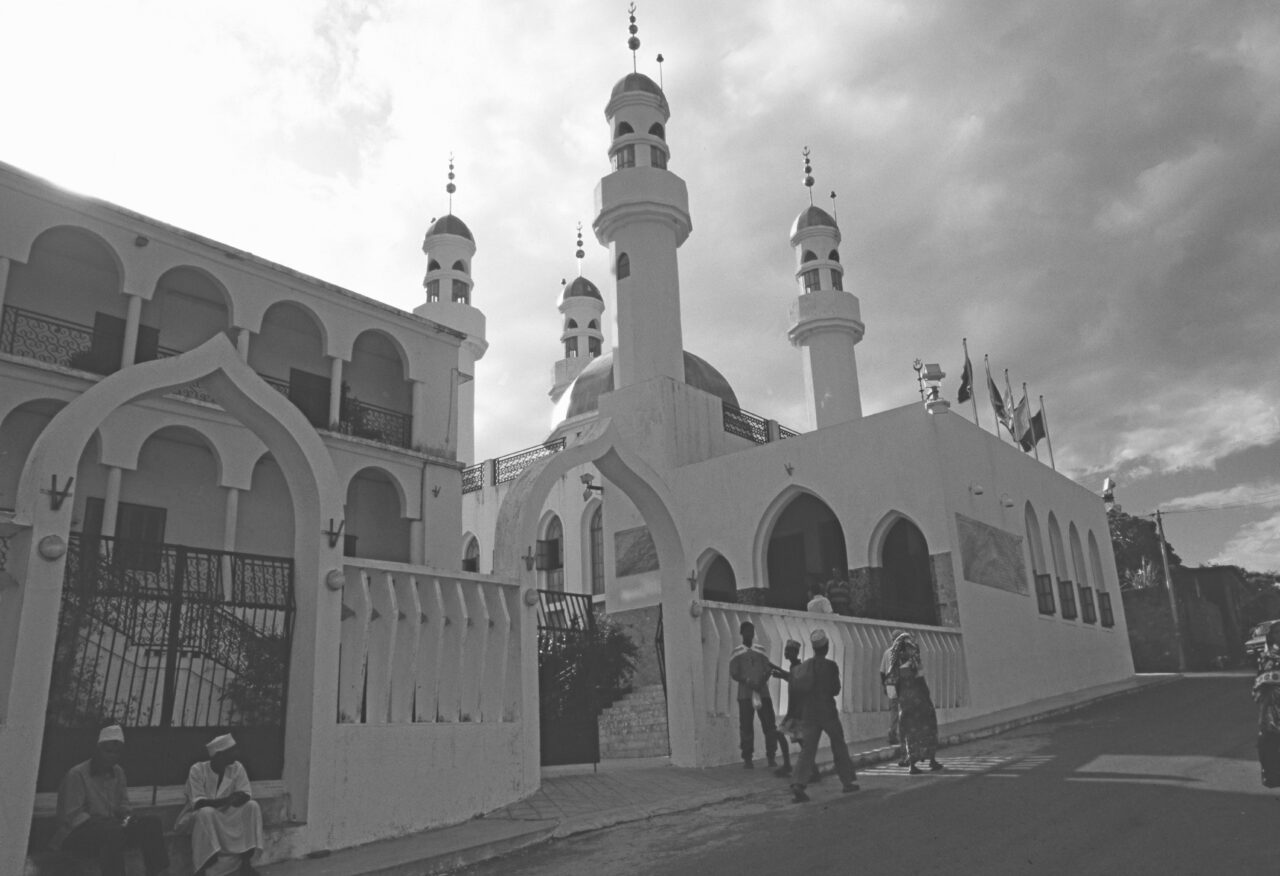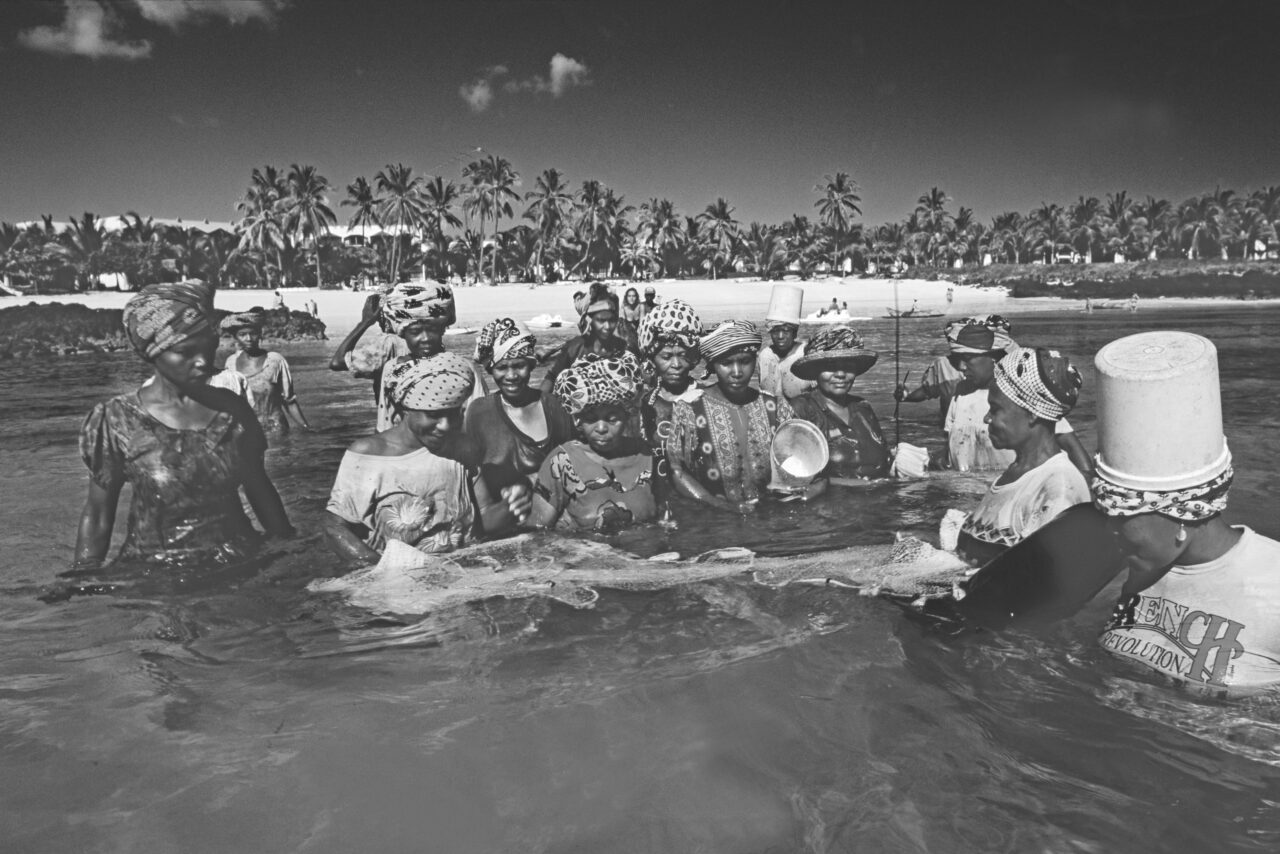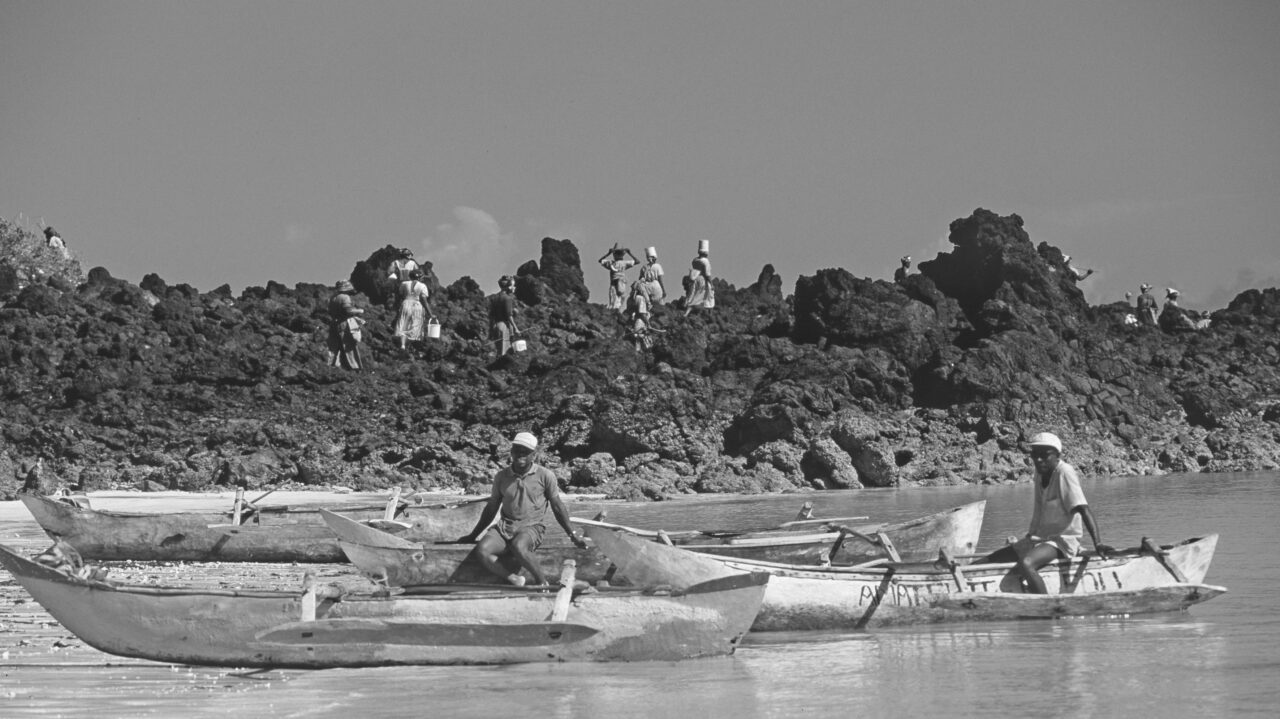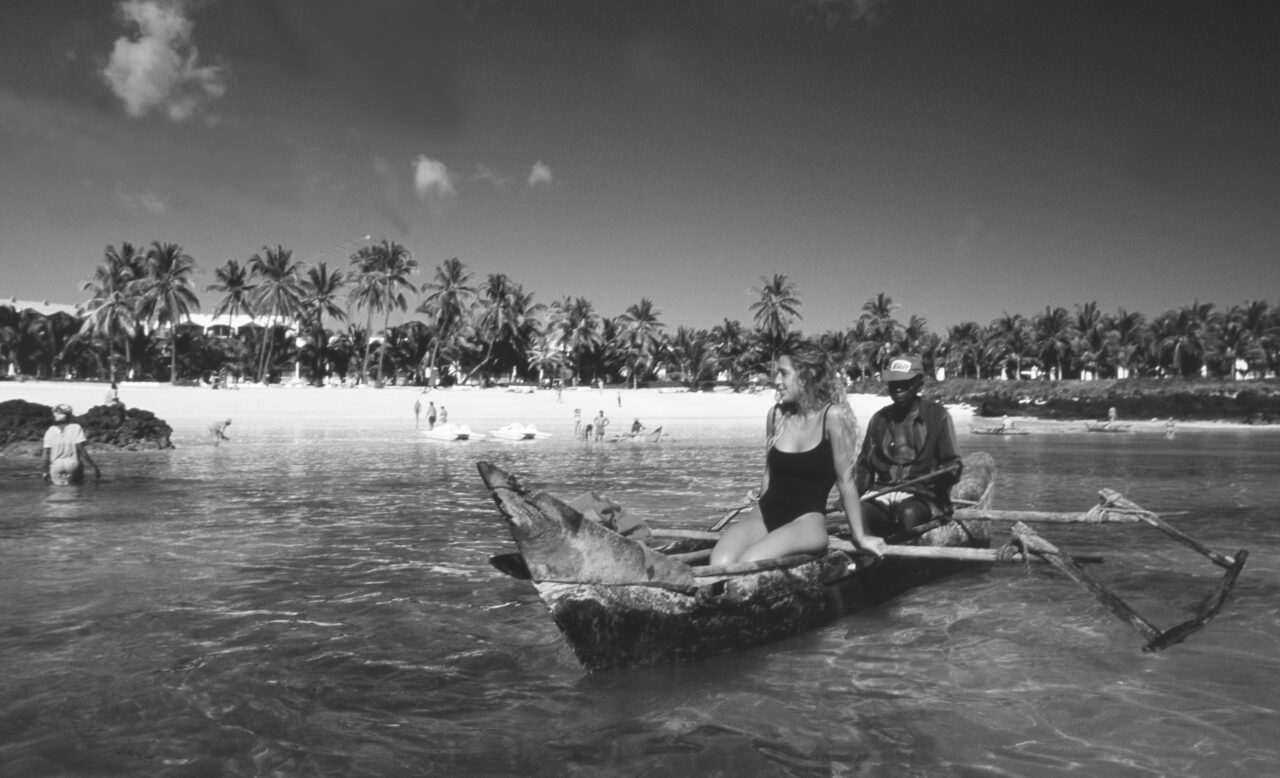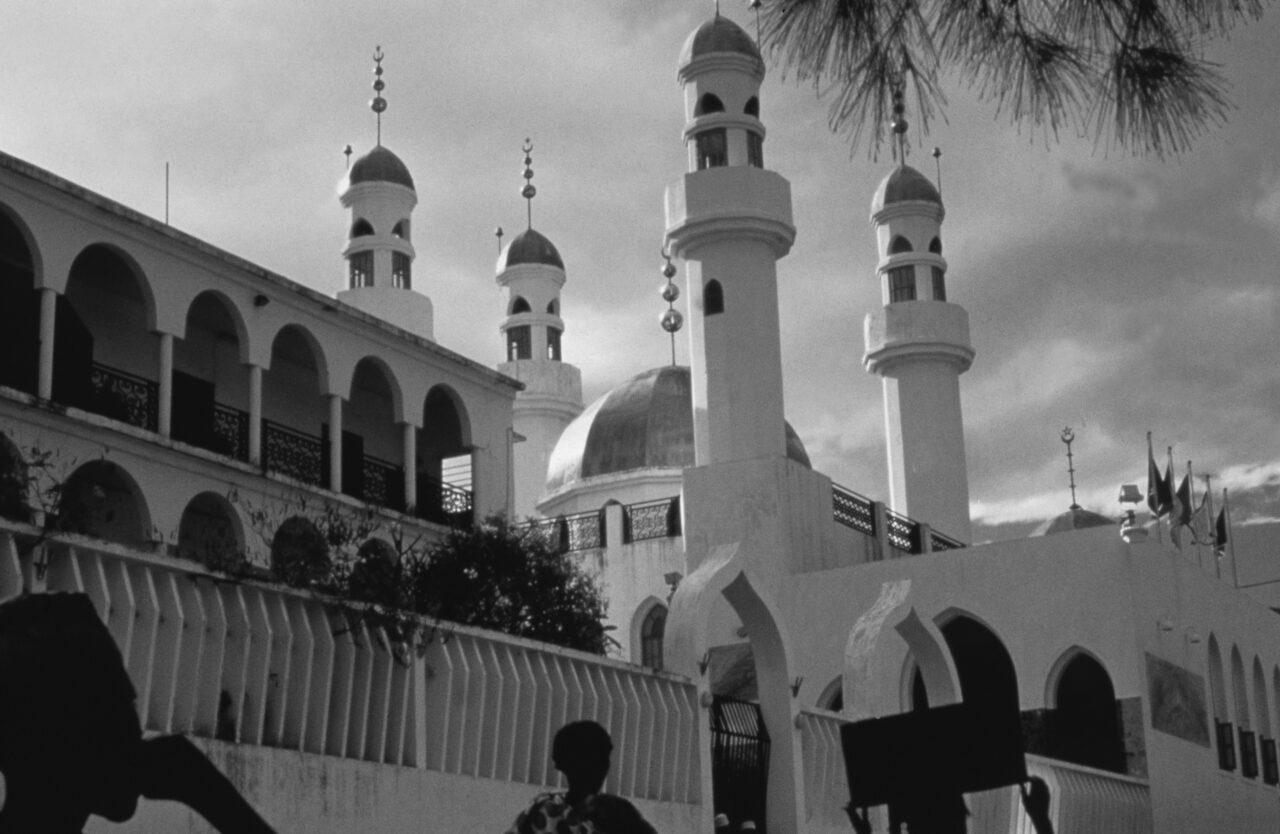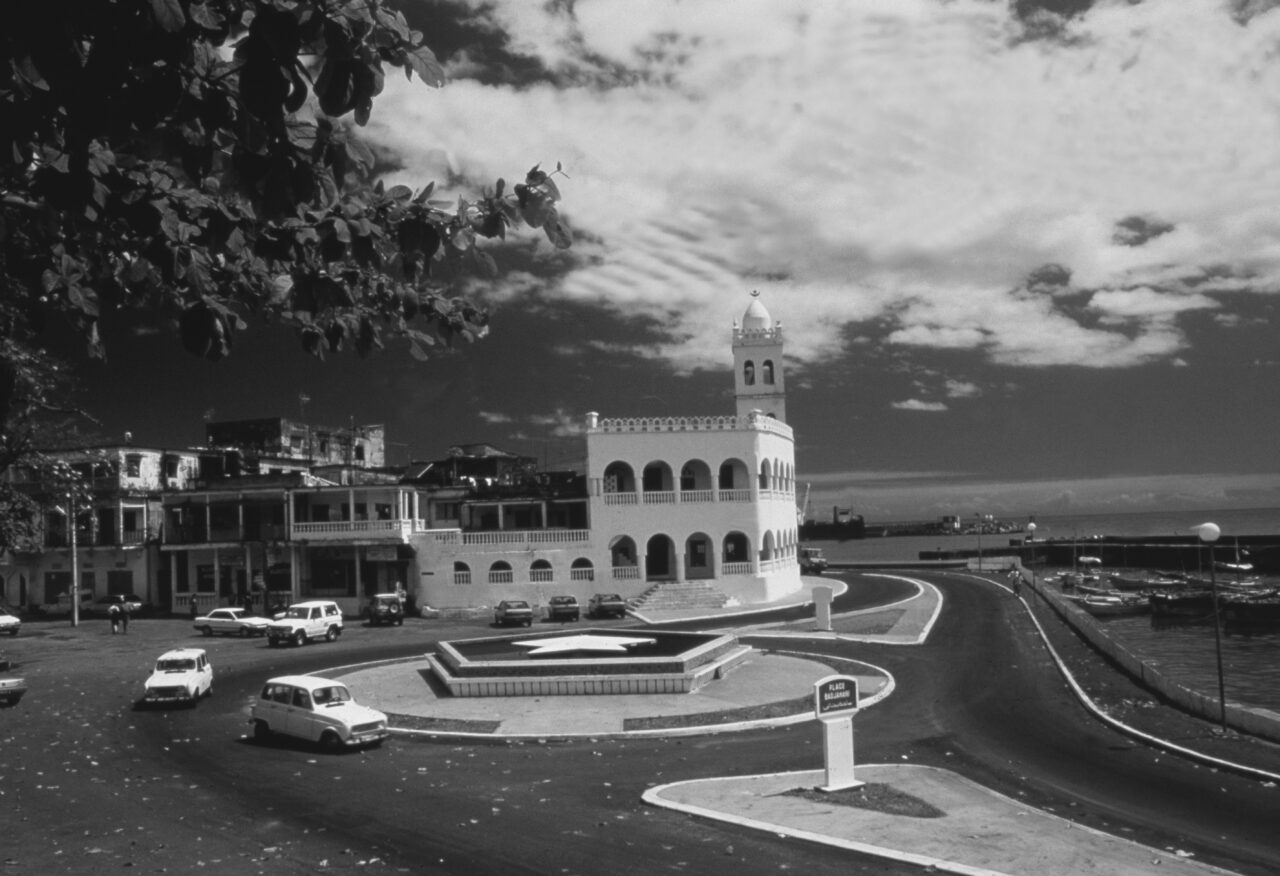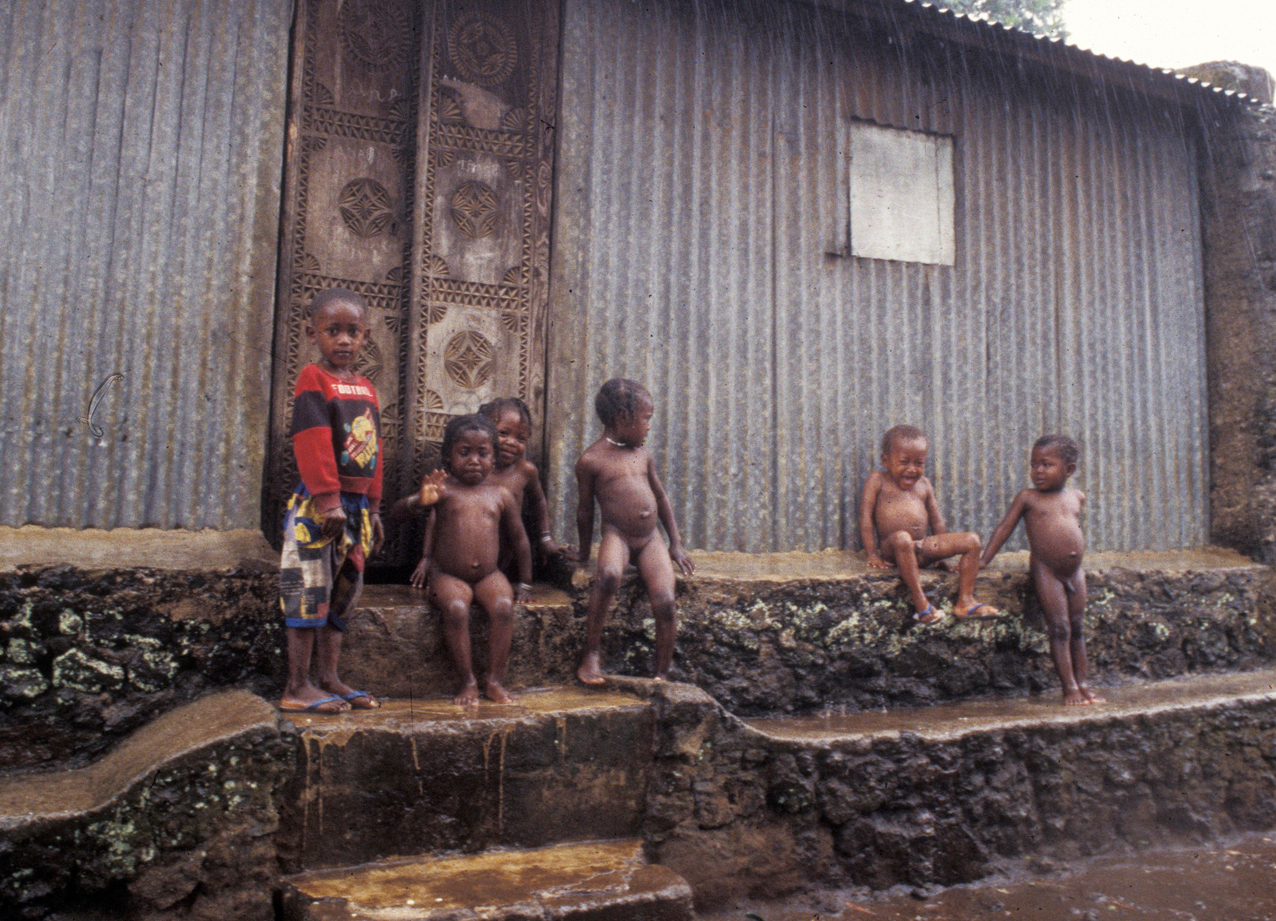FOREWORD
The author, Gerd Michael Müller, born in Zürich in 1962, traveled as a photo-journalist to more than 50 nations and lived in seven countries, including in the underground in South Africa during apartheid. In the 80 years he was a political activist at the youth riots in Zürich. Then he was involved in pioneering Wildlife & eco projects in Southern Africa and humanitarian projects elsewhere in the world. As early as 1993, Müller reported on the global climate change and in 1999 he founded the «Tourism & Environment Forum Switzerland». Through his humanitarian missions he got to know Nelson Mandela, the Dalai Lama and other figures of light. His book is an exciting mixture of political thriller, crazy social stories and travel reports – the highlights of his adventurous, wild nomadic life for reportage photography .
(please note that translation corrections are still in progress and images will follow soon)
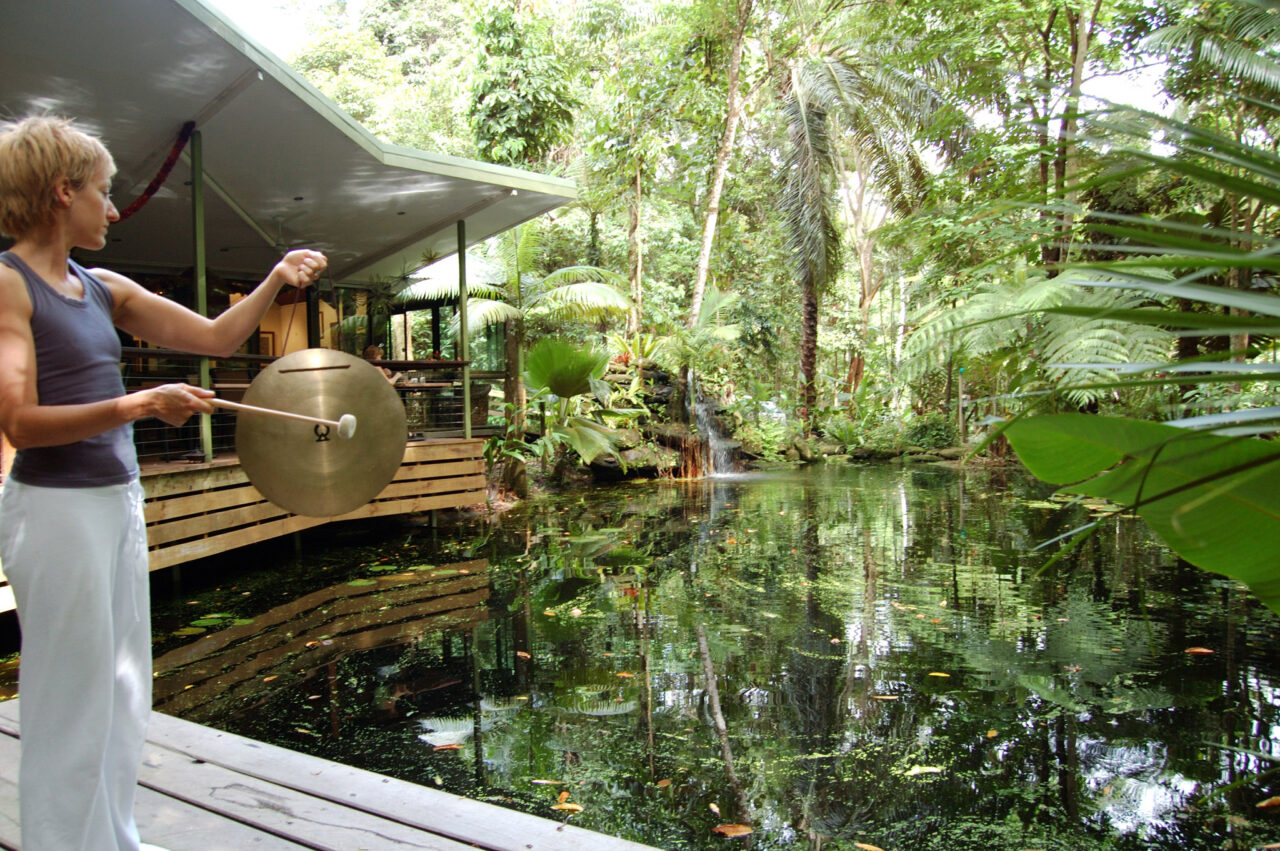
The Earth is suffering from three diseases: Species extinction, climate change and pandemics! This is as if the patient had liver cirrhosis, heart failure and kidney insufficiency at the same time. Consequently, there will be many complications: Even more wars, diseases, conflicts, natural disasters and civil wars if we do not get the population growth under control. Food shortages, distribution struggles and migration flows can already be seen as a consequence. If we do not change our behavior, it is very likely that the end of humanity is near and our population will largely collapse. This will not be the end of evolution, but certainly the end of an era as we know and love it! And it is also not excluded that with the big species extinction also our species will be wiped out to a large extent and the human being will become the planetary history.
The human being has raged on the planet earth and will ruin it soon completely. First we have wiped out the Pleistocene fauna in North America and in South America, then in Australia the large giant marsupials and birds, and when man populated Polynesia, the large megafauna elements disappeared all the way to New Zealand. When these are missing, it also has an impact on the entire fauna and flora. For example, in the last 10,000 years we have destroyed about half of the earth’s natural forest cover and altered the biosphere to the point that entire animal populations have been wiped out. Whereby the Red Lists show only a fraction, barely ten percent, of the species described, let alone of all species living on Earth. In other words, the 800 species that have been shown to have become extinct in the past 500 years do not represent the number of animals and species that have disappeared or are currently disappearing. We are losing many species in the last remaining primary forests long before we even discovered and scientifically described them.
Today we know that 78 percent of flying insects have declined in 40 years. In the near future, we will lose about one million species. First we changed vegetation and wildlife with agriculture and resource extraction, then we poisoned into the geosphere, first with CFCs, now with greenhouse gases. What do we need to do to stop the destruction of our planet? Well we would have to take a whole series of drastic measures. The pandemic gives us a foretaste of what awaits us, or rather, at the end of 2020, Switzerland should have taken stock of where it stands with regard to the protection of its biodiversity, to review the objectives achieved both in the Swiss biodiversity strategy and the global biodiversity convention: it says: „The conservation status of populations of National Priority Species will be improved by 2020 and extinction prevented as far as possible.“ But among birds alone, partridge, snipe, curlew, red-headed shrike and ortolan are extinct or present in tiny numbers as breeding birds by the end of the decade. Switzerland is on track for only one target of the biodiversity strategy, and that is forest biodiversity. For one third of the targets, the result is lower, for one third no progress can be seen, and for the last third, developments are going in the opposite direction. The picture is also almost congruent with the national strategy for the „Aichi“ biodiversity targets, which were agreed in 2010 as part of the Biodiversity Convention: Switzerland is on track for only one-fifth. For 35 percent of the targets, however, there is no progress at all.
The Swiss flora was one of the richest and most diverse in Europe. However, more than 700 plant species are considered to be threatened with extinction. Researchers from the „University of Bern“ and the Data and Information Center of the Swiss Flora have analyzed the results with the help of 400 volunteer botanists and visited and verified over 8000 old known sites of the 713 rarest and most endangered plant species in Switzerland between 2010 and 2016. This unique treasure trove of data has now been analyzed by the „University of Bern and the results published in the scientific journal „Conservation Letters“. In their „treasure hunt“, the botanists often came up empty-handed – 27% of the 8024 populations could not be recovered.
Species, which are classified by experts as most endangered, even lost 40% of their populations in comparison to the findings from the last 10 – 50 years. These figures are alarming and impressively document the decline of many endangered species in Switzerland. Particularly affected are plants from so-called ruderal sites – areas that are under constant human influence. The affected plant species include the marginal vegetation of agriculturally used or populated areas. These populations showed losses more than twice as large as species from forests or alpine meadows. The intensification of agriculture with a large use of fertilizers and herbicides, but also the loss of small structures such as rock piles and field margins are particularly affecting this species group. Plant species of water bodies, banks and bogs are similarly affected. Here, too, the causes are home-made, according to the researchers: water quality losses due to micropollutants and fertilizer pollution from agriculture, the loss of natural river dynamics due to river straightening, the use of rivers as a source of electricity, or the draining of moorland.
In Germany, 80,000 measurements were carried out by interdisciplinary working groups from Germany, Austria, Switzerland and the Netherlands as part of the „Jena“ experiment. They had sown different numbers of plant species on more than 500 experimental plots, ranging from monocultures to mixtures of 60 species. In addition to plants, all organisms occurring in the ecosystem were studied – in the soil and above it. In addition, the material cycles of carbon, nitrogen and nitrate and also the water cycle over the entire period of 15 years. In this way, the scientists were able to demonstrate how species diversity affects the capacity of the soil to absorb, store or release water. The Jena experiment showed for the first time how much the nitrogen cycle of a soil depends on many factors such as species diversity, microbiological organisms, the water cycle and plant interaction.
Species-rich meadows had higher productivity than species-poor meadows over the entire period of the „Jena Experiment“. Increased management intensity through additional fertilization and more frequent mowing achieved the same effect: if a farmer promotes and fertilizes certain species, he is on average consequently no more successful than nature. The biomass energy (bioenergy content) of species-rich meadows was significantly higher than that of species-poor meadows, but at the same time similar to many of today’s heavily subsidized species, such as Chinese reed. Species-rich areas had better carbon storage. The number of insects and other species was significantly higher. Interactions between species such as pollination occurred more frequently. Species-rich meadows transported surface water into the soil better. Species-rich ecosystems were more stable to disturbances, such as droughts or floods, than species-poor ecosystems.
In France, 80 percent of insects have been lost in the last 30 years. In Switzerland, the figure is about 60 percent, and in Germany, species loss is also dramatically high. In view of the rapid loss of biodiversity and the desolation of the cities, I have been asking myself for a long time why all the useless lawns in front of all rental and apartment buildings are not converted into gardens for inclined hobby gardeners and self-supporters among the residents, and especially the poorer people and those with a migration background and agricultural know-how could grow their food partly in front of the house. This would also counteract poverty a little and guarantee the survival of many families as well as be meaningful. Why should we all import food from Africa, China and Latin America when we could beautify our cities, increase biodiversity and counteract climate change with local cultivation. As soon as a blade of grass makes itself felt, the lawn robot is already there. Useless thuya hedges as far as the eye can see. Most people don’t know what to do with nature anymore. We should think about what our communities actually do with their communal areas. They create large cultivation structures instead of promoting small-scale, local cultivation.
The core problem we all face is that 80 million people are added to the population every year, and those just born now theoretically have a longer life expectancy, even in the developing world. By the end of the century, there will be eleven billion of us, so we will need even more living space and even more agriculture for food production. By totally transforming the earth’s surface for agriculture and feeding future generations, we are destroying the treasure troves of biodiversity for all eternity. It cannot be that we destroy alone with the cattle economy for the meat production whole species existence and important ecological systems irretrievably. A vegan diet is therefore becoming the supreme credo for the growing world population. And what about an even more important resource, drinking water? Through the use of pesticides, we are poisoning our drinking water, the rivers and the lakes – also in Switzerland. There is only one solution: to abandon pesticide-intensive cultivation and return to mixed crops, which have proven their worth over centuries and promoted biodiversity.
The palm oil industry has cut down more than half of the rainforest (the size of Germany) in the Indonesian provinces of Kalimantan and Sumatra in the last 30 years and is now starting to destroy the virgin forest on a grand scale in Papua New Guinea as well. The timber industry is happy about this, as are the oligarchy and the military. In the process, small farmers are inevitably expropriated, which is quite legal in Indonesia. The Indonesian parliament also recently passed a law that radically curtails national environmental, labor and social standards and provides for zero environmental impact assessments. Therefore, the progressively worded agreement is another illusory paper tiger that will lead to the worrying destruction of huge rainforest areas in Brazil, Indonesia, Malaysia, Papua New Guinea. With the free trade agreement with Indonesia, Switzerland would legitimize this state of affairs and once again declare the completely insufficient eco-labels as standard.
